近年来,中国各地积极践行生态文明理念,开展大规模生态修复行动,在山水林田湖草沙一体化生态修复行动中取得了举世瞩目的成绩,具体工程获得诸多国际大奖,让我们的祖国天更蓝、山更绿、水更清,极大提升城乡居民生活的幸福指数。小编在此收集整理其中10大经典案例与大家分享。
邯郸园博会
The Handan Wastewater Purification Terraces
邯郸园博会建成于2020年,项目位于邯郸市郊区,占地十公顷,是河北省第四届园博会精心打造的中水生态净化示范区。设计以“山水邯郸,绿色复兴”为主题,修复长时间的垃圾堆放导致的土壤和水体污染。采用现代、清新的设计语言,结合海绵城市、智慧科技的先进理念,共建山水相融的绿色园博会。
The Handan Wastewater Purification Terraces is located in the suburbs of Handan City, which was completed in 2020, covering an area of 10 hectares. The “wetland terraces” is a reclaimed ecological water purification demonstration project, which belongs to the wetland conservation area of the 4th Horticultural Exposition of Hebei Province. The design takes “landscape Handan, green revival” as the theme and repair the soil and water pollution caused by long-term garbage stacking. Designer adopt modern design language, combine the advanced concepts of sponge city and smart technology, and jointly build a Green Garden Expo integrating mountains and rivers.
北海市滨海国家湿地公园
Water Environment Treatment of Beihai National Wetland Park(Fengjiajiang Watershed)
滨海(冯家江流域)国家湿地公园位于广西省北海市,建成时间为2021年。项目共446公顷,是北海市重要的生态廊道。设计充分践行习总书记提出的“山水林田湖草生命共同体”理念,统筹水环境系统治理工程,还水于清,还绿于民,恢复“库塘—河流—近海”复合湿地生态系统,科学恢复红树林,重建北海绿肺。
Beihai Coastal National Wetland Park was completed in Beihai City, Guangxi Province. It is an important ecological corridor in Beihai city, covering 446 hectares. The design fully implements the concept of “Mountains, waters, forests, farmlands, lakes and grasslands are part of a community of life” proposed by the President Xi, coordinating water environment system treatment projects to realize the pollution control and ecological restoration. Restore reservoir-river-coast compound wetland system, rebuild green lung of Beihai.
南昌鱼尾洲湿地公园
Fish Tail Park in Nanchang City
在中国中东部长江洪泛平原的南昌市,我们将一片面积126英亩、严重受污染的水产养殖塘改造成了一片梦幻般的漂浮森林。它调节着雨水,为野生动物提供了栖息地,为城市补充了一系列的公共空间,并为当地居民提供了一种与自然联系的新方式。所有这些都赋予了城市新区独特的身份,并促进了周边地区的城市发展。鱼尾洲公园为季风或气候多变的地区提供了一个可复制的城市自然设计的模型,可以应对洪水、栖息地恢复和城市公共休闲需求等多重挑战。
In the city of Nanchang, within the Yangtze River flood plain in east-central China, we transformed a 55.6 hectares badly abused landscape into a dreamlike floating forest that regulates storm water, provides habitat for wildlife, offers an array of recreational opportunities and gives local residents a new way to connect with nature. All of this lent a unique identity to the New District and served as a catalyst for urban development in the surrounding area. Fish Tail Park offers a replicable model of designed urban nature for regions with monsoon or variable climates that can address the multiple challenges of floods, habitat restoration and recreational demands.
三亚红树林公园建成于2016年,占地面积共28公顷,城市发展建起的混凝土防洪墙,抹杀了红树林及河漫滩生态系统。设计重新利用场地内原有堆填的城市建筑垃圾,将地形改造城指状相扣的形态把海潮引进公园,利用道路与水面间的高差,建立生态廊道,净化来自城市的地表径流。建成后3年,项目就达到了恢复红树林生境,满足市民游憩需求的目标。
Sanya Mangrove Park was completed in 2016 and covers a total area of 28 hectares. Concrete flood walls were built to claim land for development that killed the mangroves. A land form of inter-locked fingers was designed to lead ocean tides into the park. Making use of the 9-meter drop from the urban road to the water level, terraces are integrated with bio-swales to catch and filtrate the storm-water from the urban pavement and road. Just three years after its construction, it has achieved the goal of restoring mangrove habitat and meeting the recreational needs of citizens.
三亚东岸湿地
Sanya Dong’an Wetland Park
三亚东岸湿地公园占地68公顷,建成于2016年。项目位于河流廊道,场地内水污染严重、湿地斑块退化、入侵物种蔓生。设计方案用生态的设计手法取代了工程化的绿色基础设施,为水生态争取了更多的空间,提升了河流的韧性和弹性。在公园的边缘区域是通透的景观空间,由生态护岸和陂塘组成的景观空间,为生物创造了丰富多样的栖息地。
Sanya Dong’an Wetland Park covers an area of 68 hectares and was completed in 2016. It was a wetland on a river corridor that had been filled with urban debris. The water was polluted and the wetland was degraded and overgrown with invasive water hyacinth (Eichhornia crassipes). The plan calls for more space for water, and for removing the concrete flood walls that had channelized and reduced the resiliency of rivers, replacing that hard infrastructure with eco-friendly embankments. At the periphery of the park, a porous landscape composed of dykes and ponds of different depths creates a diversity of habitats that retain and clean water and nourish rich biodiversity, including native birds, fishes and amphibians.
迁安三里河生态廊道公园
Qian’an Sanlihe River Ecological Corridor
项目位于河北省迁安市东部的河东区三里河沿岸,建成时间为2010年,占地约有135公顷,绵延全长13.4km,宽度约100-300m。设计修复了被工业废水和生活污水污染的河道,使其成为一条生机盎然、亲人的河流。将本土“折纸艺术“融入水生态基础设施建设当中,改变了原有的城市风貌,带动了河流两岸城市的发展。
Located in Qian’an City, Hebei Province, the Sanlihe River uses landscape to revive and construct both existing and new city infrastructure; it is capable of reducing pollution, providing opportunity for urban land development, and serving ecological functions Covering approximately 135 hectares, this ecological corridor stretches 13.4 km in length and varies 100-300m in width. Within this linear park, water is diverted from the Luan River, through the city, before returning to Luan River. Through two years of design and construction, this project has transformed this seriously polluted landscape back to its previous splendor as a scenic urban ecological corridor “where reeds and locus flourish and water abundant with fish and soft-shelled turtles”.
秦皇岛滨海景观带
Qinghuangdao Beach Restoration
项目位于河北省秦皇岛市,建成时间为2008年,长度为6.4公里,总面积6000公顷。之前的开发建设破坏了海边湿地,造成植被退化,海滩荒芜的后果。设计应用“生态系统服务仿生修复技术”,采用多种生态恢复的手法,将一个已经受到侵蚀、退化和人类开发活动干扰的海滩修复成一个广受人们和鸟类欢迎的场所。
The project is located in Qinhuangdao City, Hebei Province. It was completed in 2008, with a length of 6.4 kilometers and a total area of 6,000 hectares. The previous development and construction destroyed the seaside wetlands, resulting in degraded vegetation and deserted beaches. The design applies “Ecosystem Services”, using a variety of ecological restoration techniques, to restore a beach that has been disturbed by erosion, degradation and human development activities into a popular place for people and birds.
金华浦阳江生态廊道
Jinhua Puyangjiang River Corridor
金华浦阳江生态廊道占地196公顷,建成于2016年。“水晶”工业伤害了母亲河——浦阳江,设计师运用了生态水净化、雨洪生态管理、与水为友的适应性设计以及最小干预的景观策略,结合硬化河堤的生态修复、改造利用农业水利设施,并融入安全便捷的慢行交通网络,将过去严重污染的河道彻底转变为最受市民喜爱的生态、生活廊道。
The Jinhua Pu Yangjiang Ecological Corridor covers an area of 196 hectares and was completed in 2016. “Crystal” industry destroys the Puyang River. The designer uses ecological water purification, ecological management of rainwater and flood, adaptive design that is friendly with water, and landscape strategy with minimal intervention, combined with ecological restoration of hardened river embankments, transformation and utilization of agricultural water conservancy facilities, and integration of safe and convenient slow traffic. The network has completely transformed the severely polluted river into the most popular ecological and living corridor for citizens.
重庆潼南大佛寺湿地公园
Chongqing Tang’nan Dafo Temple Wetland Park
项目位于重庆潼南区中心,占地99公顷,建成于2019年。设计师以打造“与洪水相适应的滨江滩地——涪江湿地的回归”为设计目标,尽可能保留河道的滩涂湿地环境,压缩城市阳台的边界,架设步行廊道,增加市民的湿地体验空间。项目以“江舟花堤悠悠走,三千须弥漫漫寻”为愿景,挖掘潼南非常重要的航运文化与佛教文化,从而打造具有本土文化性格的城市滨河湿地景观公园。
The project is located in the center of Tongnan District, Chongqing, covering an area of 99 hectares and completed in 2019.Aims to create a “riverside beach–the return of the Fu River wetland”, the design team preserves the wetland of the river as much as possible, compresses the boundary of the city balcony, and sets up a walking corridor, thus providing visitors with a rich and sensory experience. Taking the vision of “take a boat ride down the river alongside the flowery dyke, thousands of mountains emerge in the haze”, the team activates two key cultural elements of Tongnan: the long-established shipping culture, and the Buddhist culture based on the Dafo Temple, and creates a city riverside wetland landscape park with local cultural character.
哈尔滨群力国家湿地公园
Harbin Qunli Stormwater Park
项目位于黑龙江省哈尔滨市,建成于2011年,占地面积约有30公顷。设计从解决城市问题出发,利用城市雨洪,将公园转化为城市雨洪公园,让自然湿地成为城市的自然生态基础设施,从而为城市提供了多重生态系统服务:它可以收集、净化和储存雨水,经过湿地净化后的雨水补充地下水含水层;受雨水的侵润,可以使茂盛的乡土生境在城市中央繁衍;同时,通过巧妙设计,雨洪公园可以成为市民休憩的良好去处,并带动城市的发展。
The project is located in Harbin, Heilongjiang Province. It was completed in 2011 and covers an area of about 30 hectares. The design starts from solving urban problems, utilizes urban rainwater, transforms parks into urban rainwater parks, and makes natural wetlands the natural ecological infrastructure of the city, thus providing the city with multiple ecosystem services: it can collect, purify and store rainwater , the rainwater purified by the wetlands replenishes the groundwater aquifer; the infiltration of rainwater can make lush local habitats multiply in the center of the city; at the same time, through ingenious design, the rainwater park can become a good place for citizens to rest and drive the city’s develop.
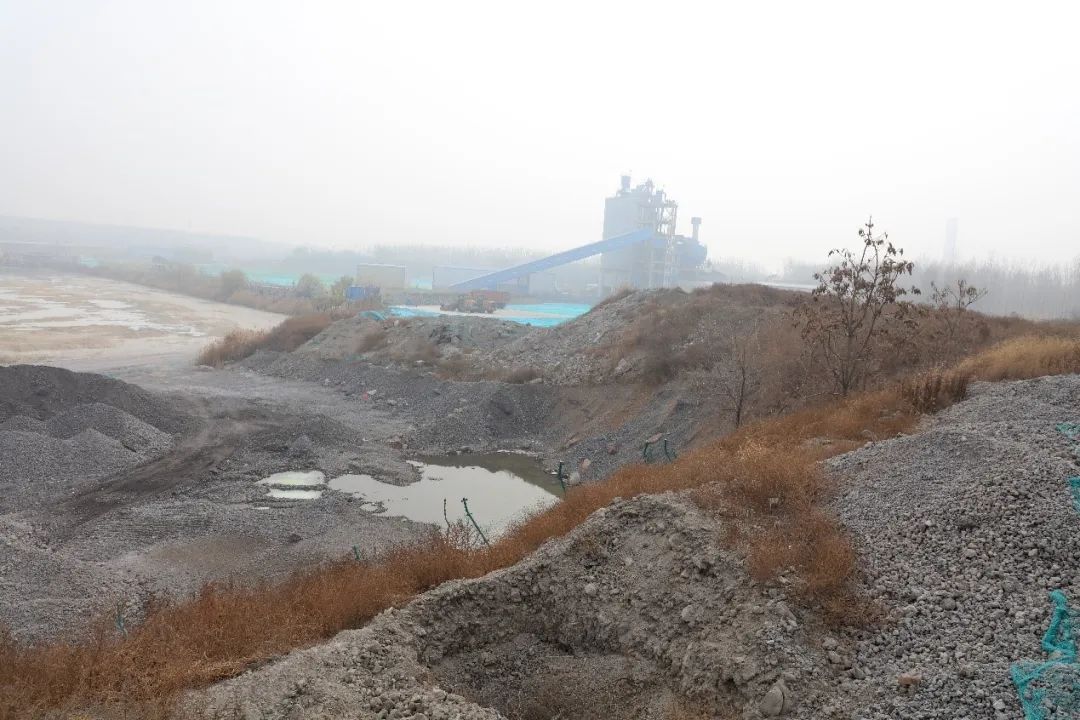
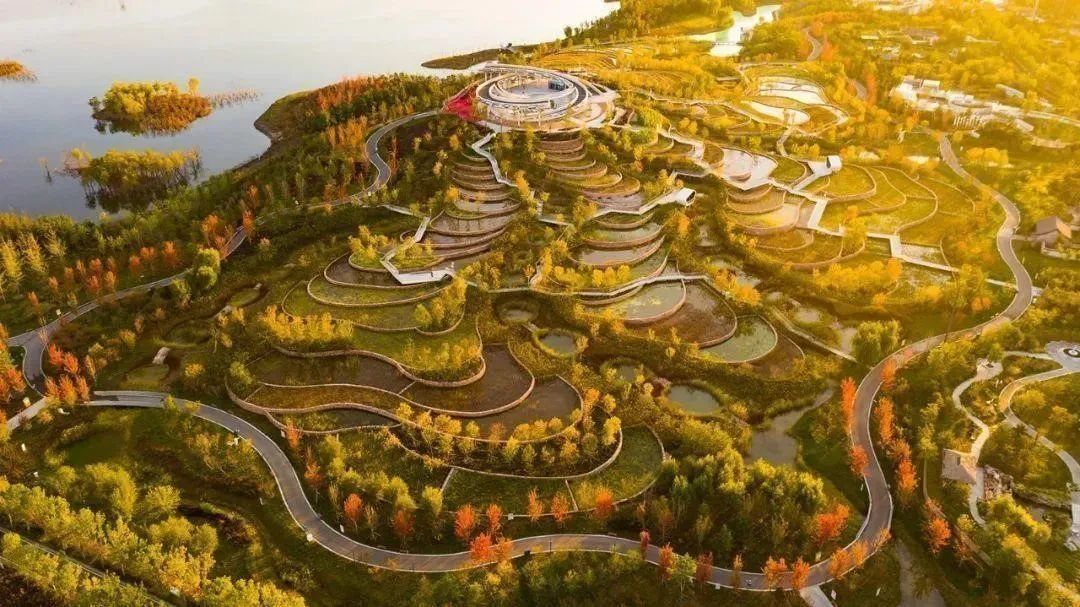
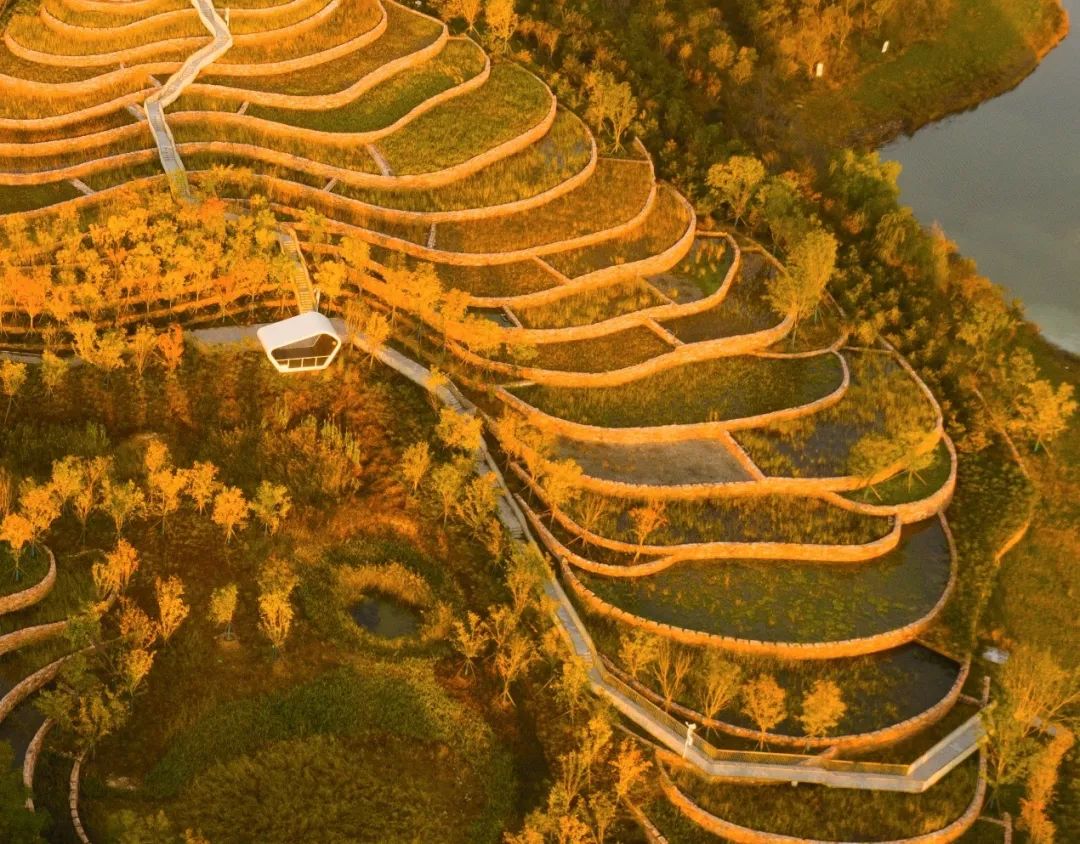
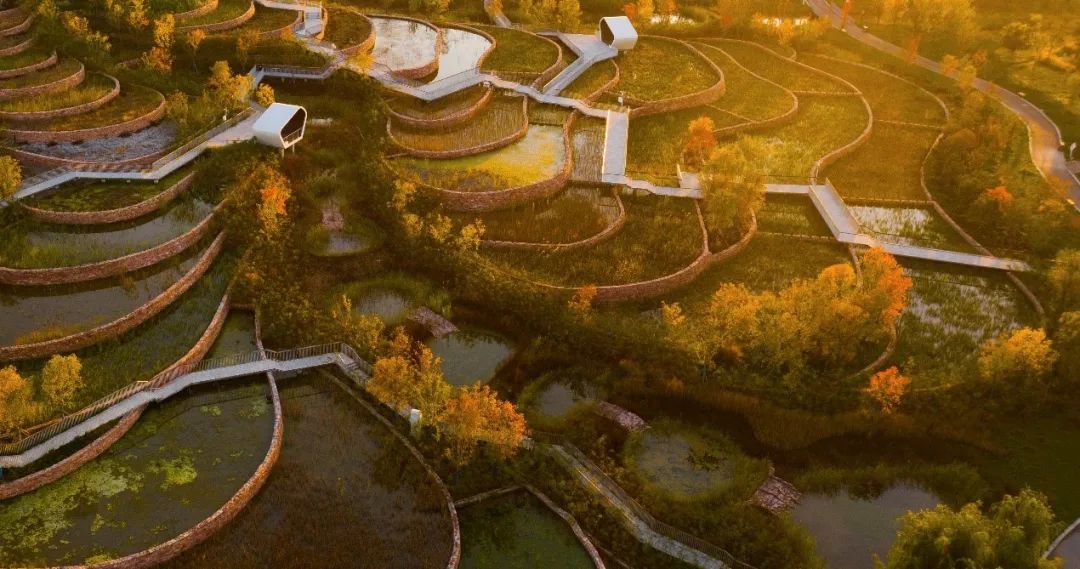
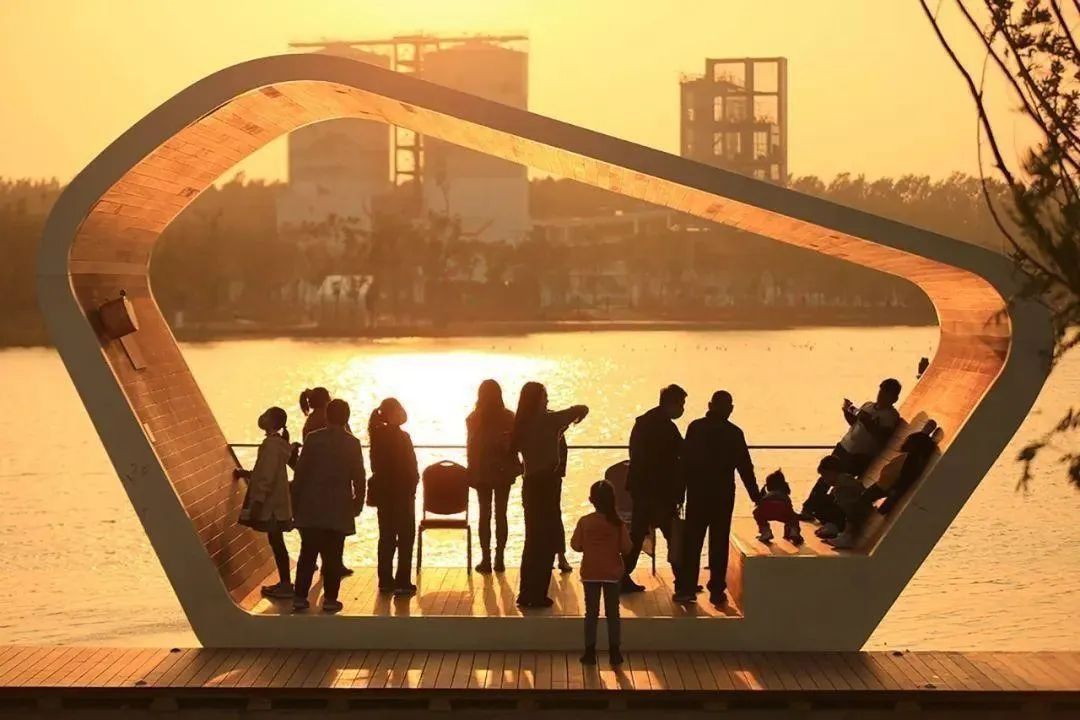
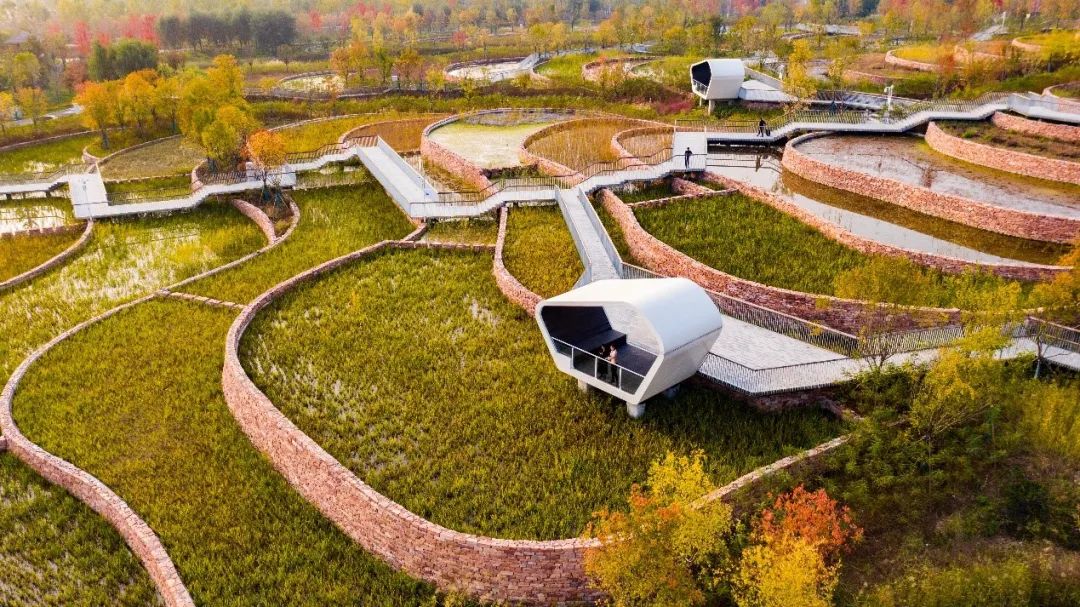
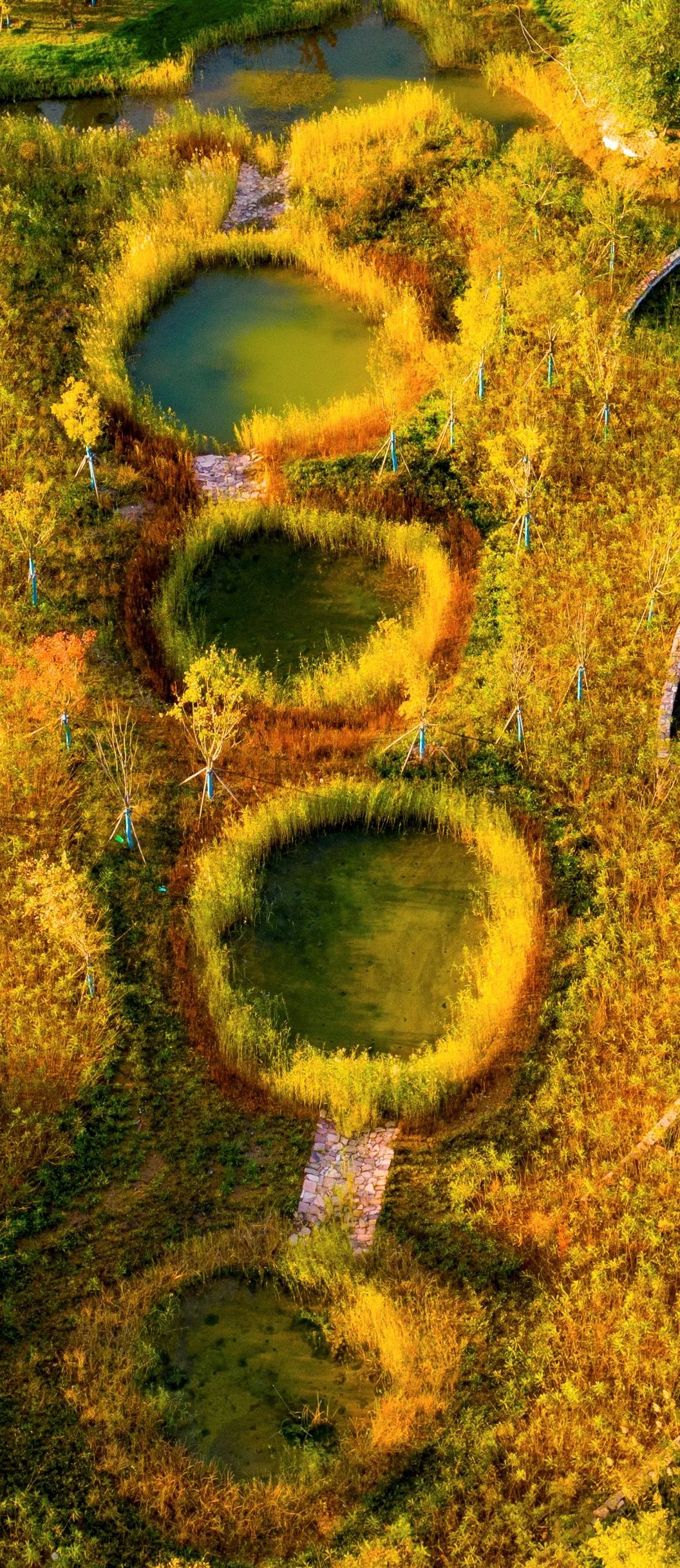
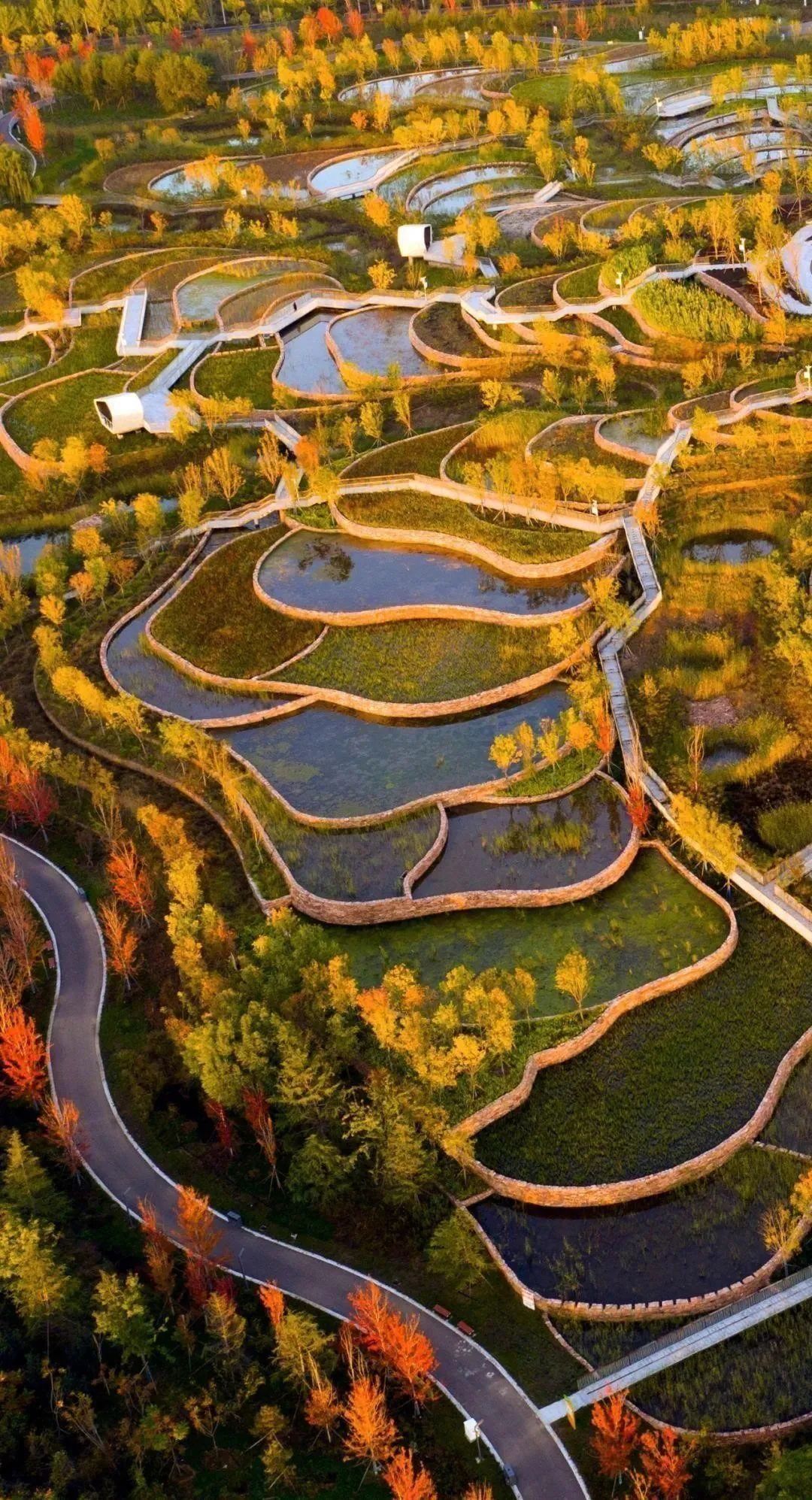
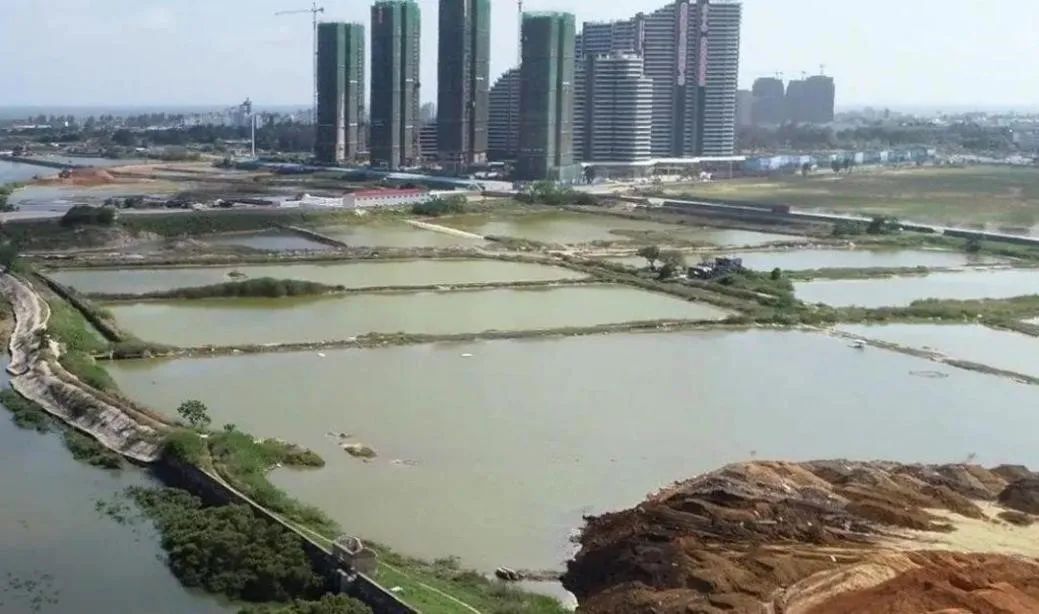
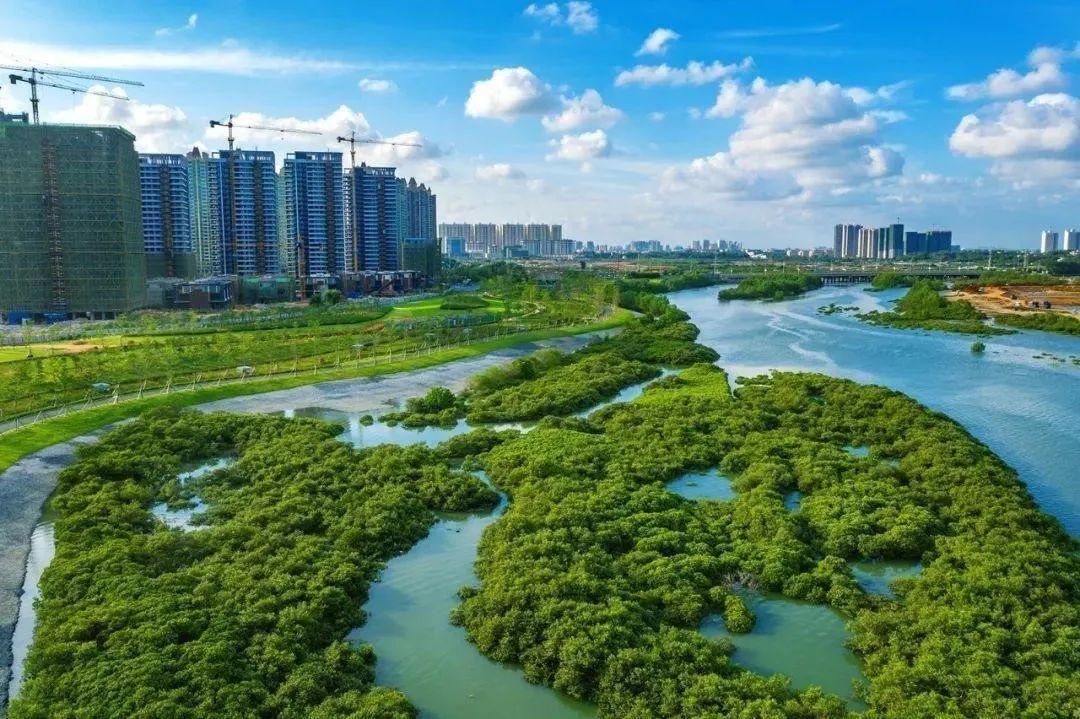
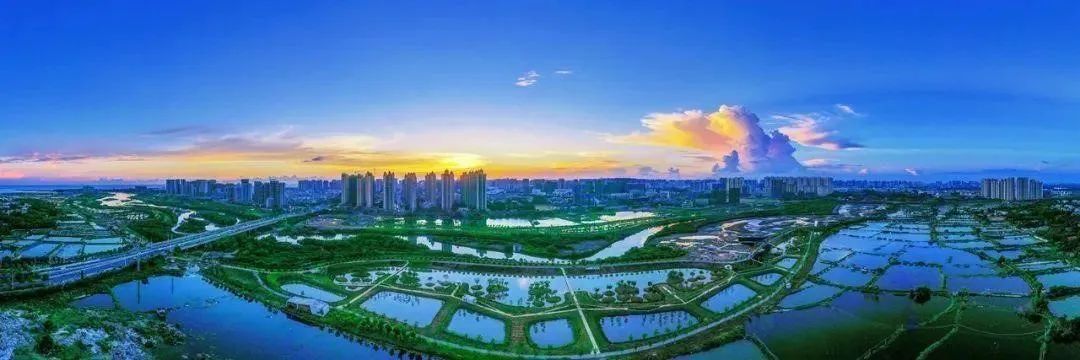
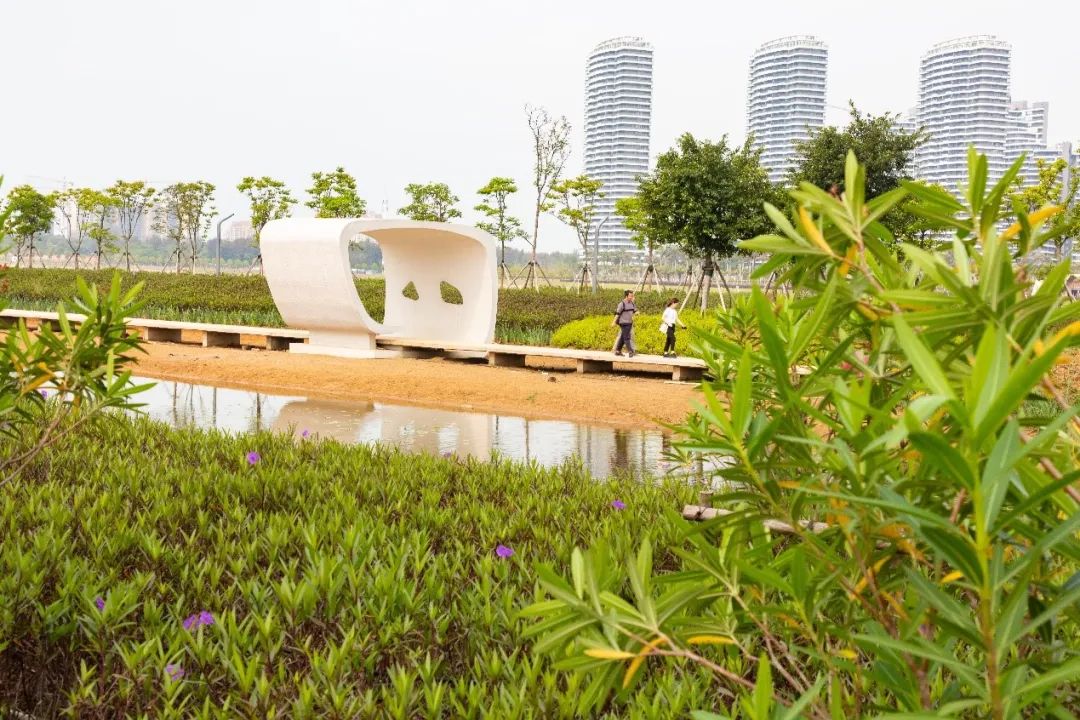


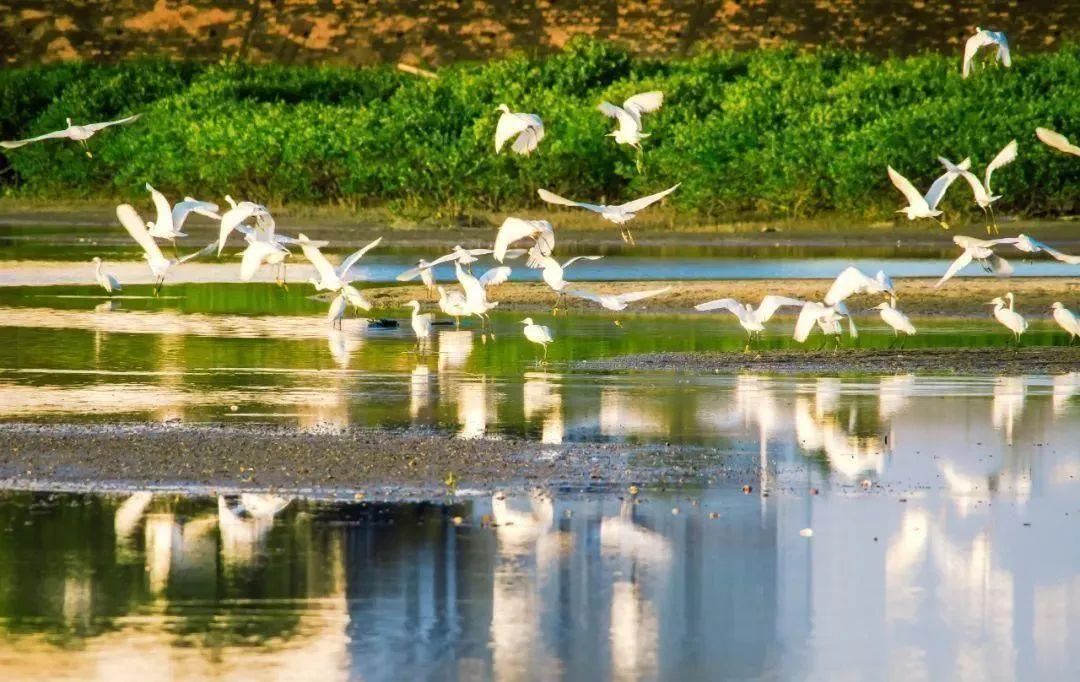

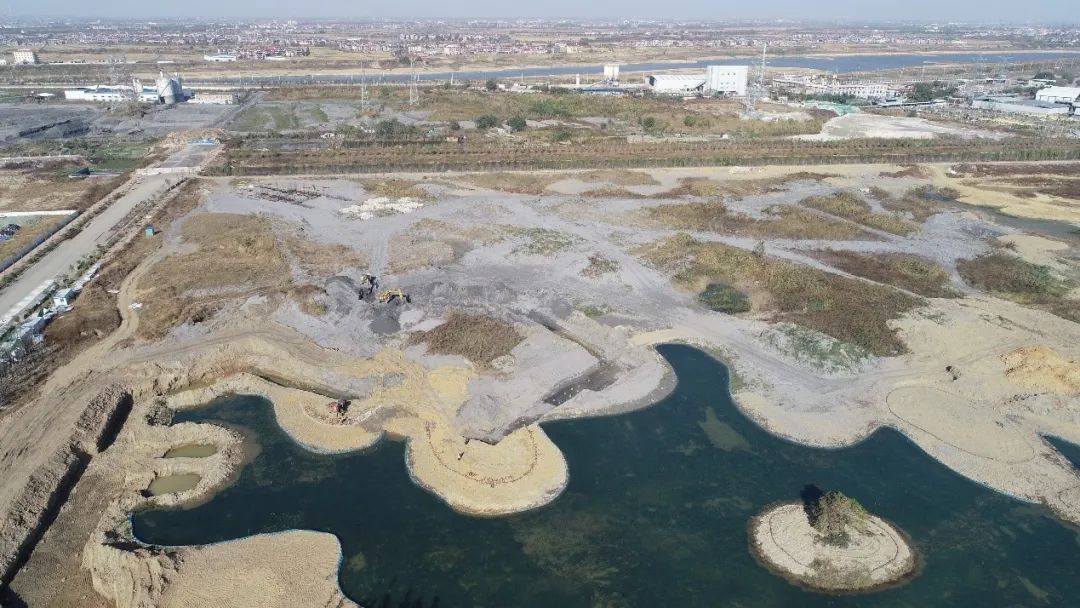
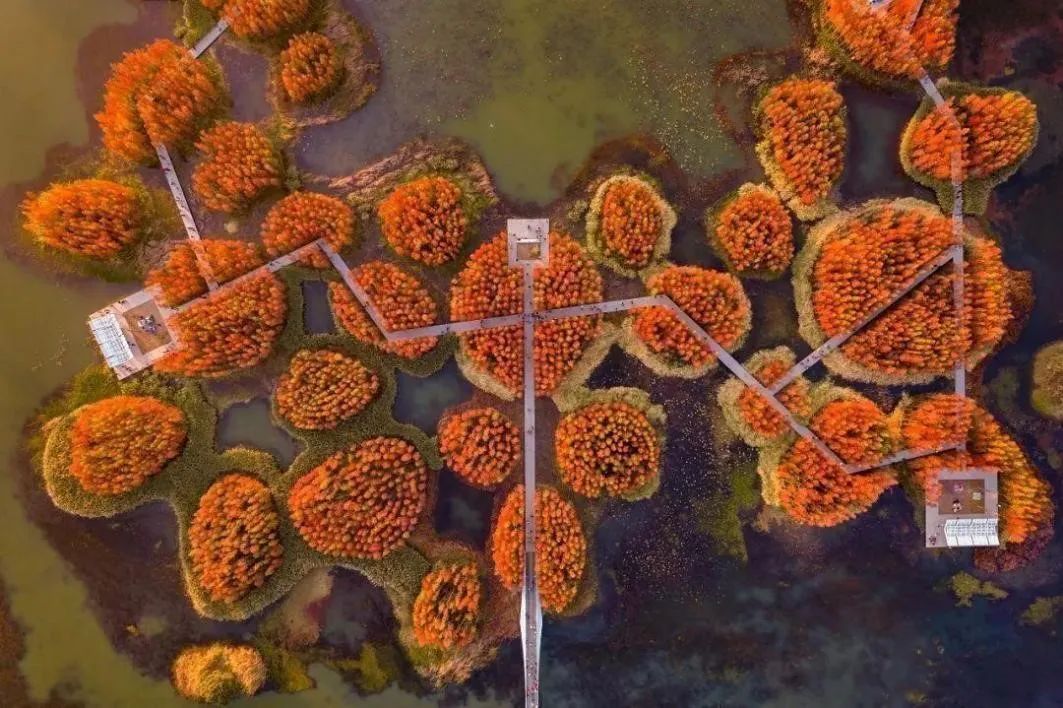
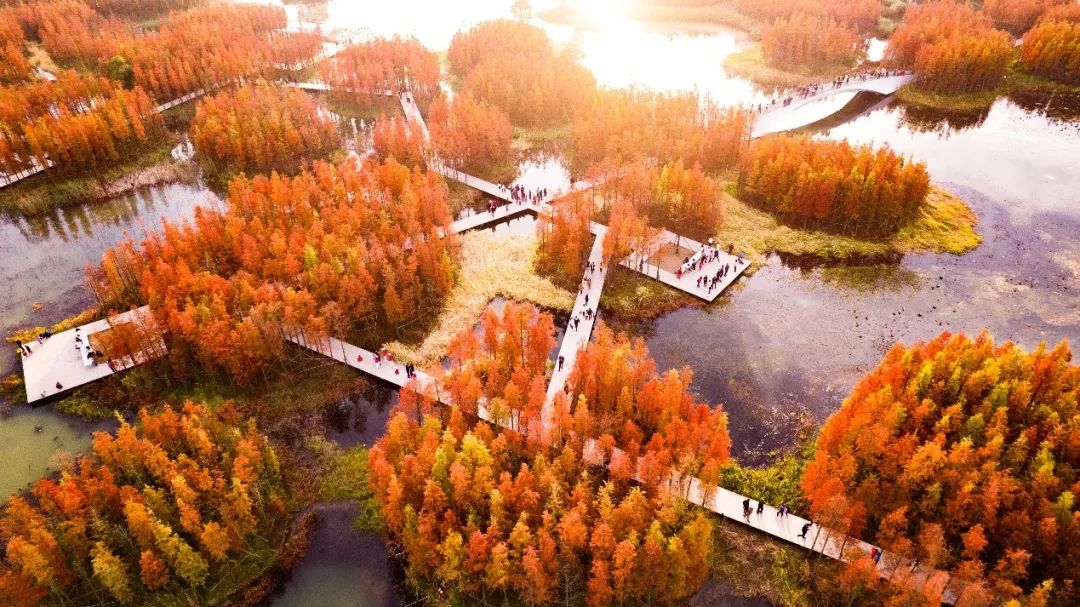

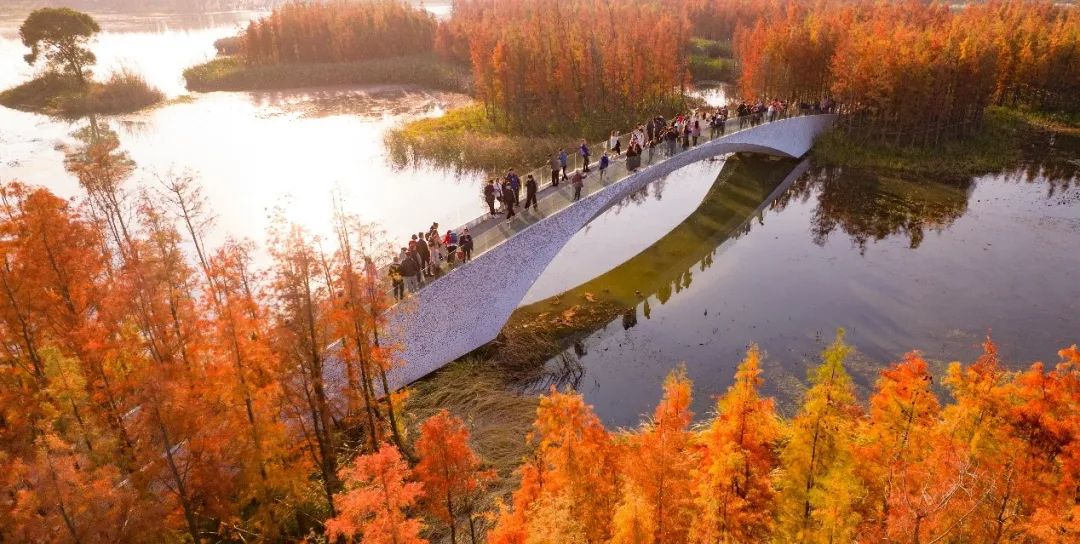
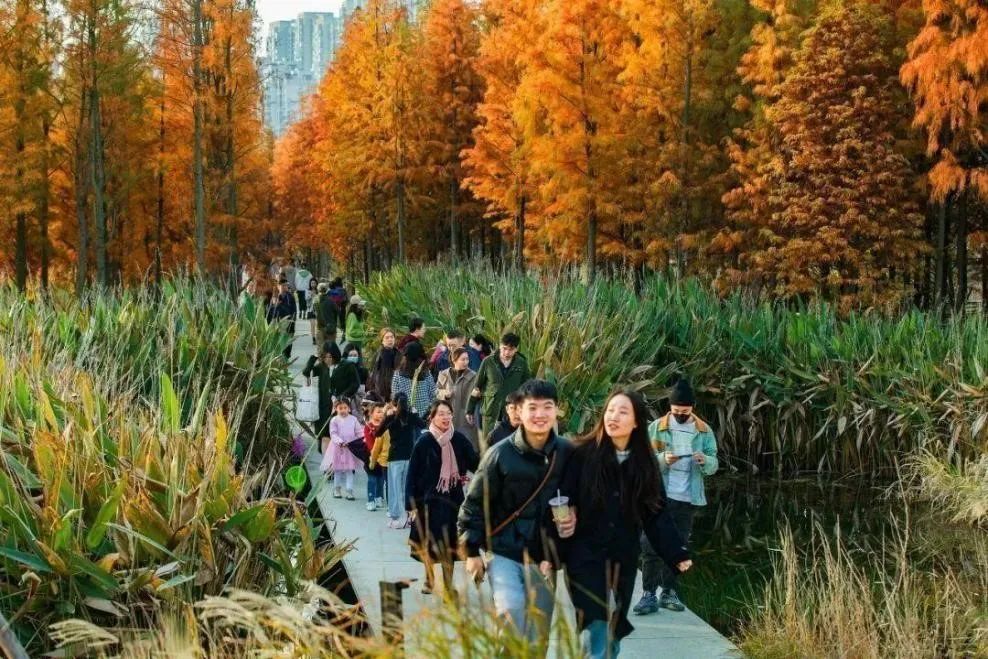
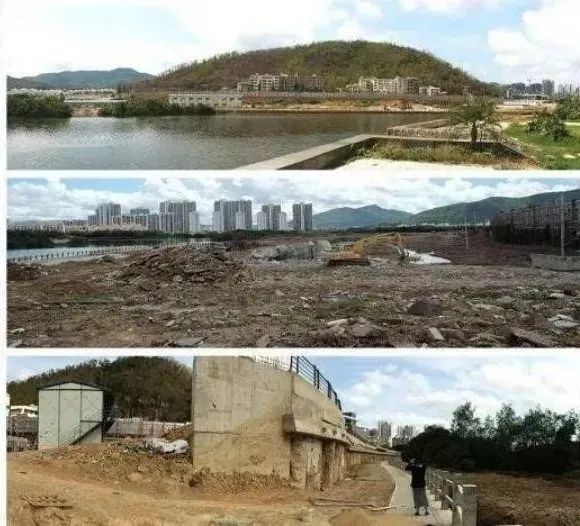
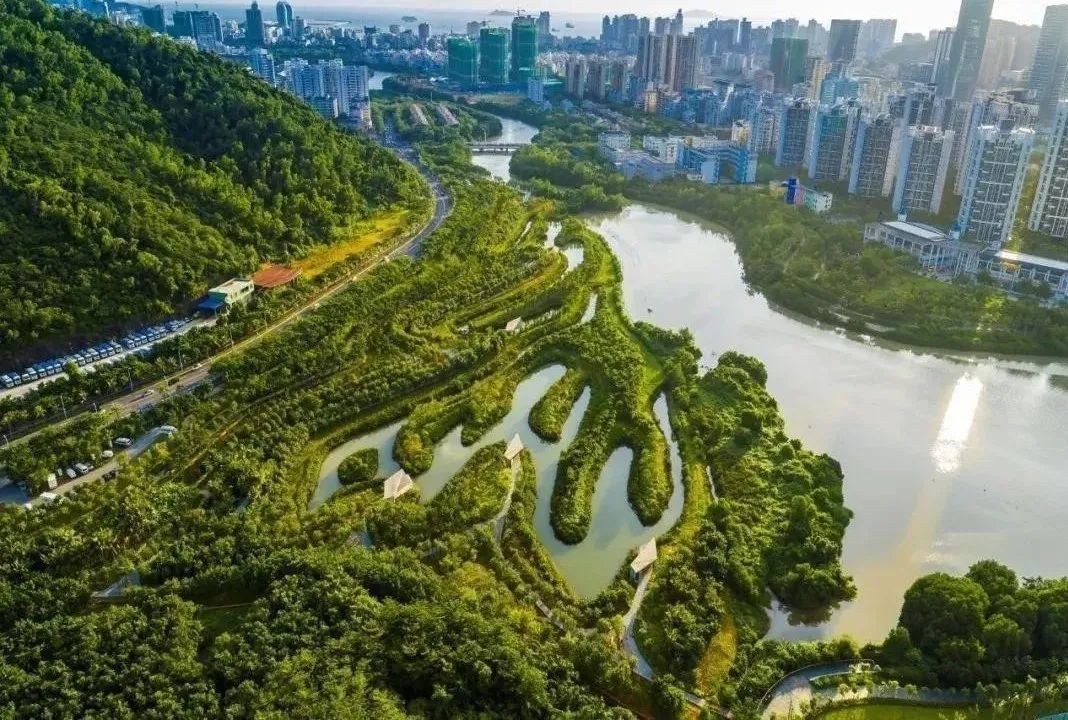
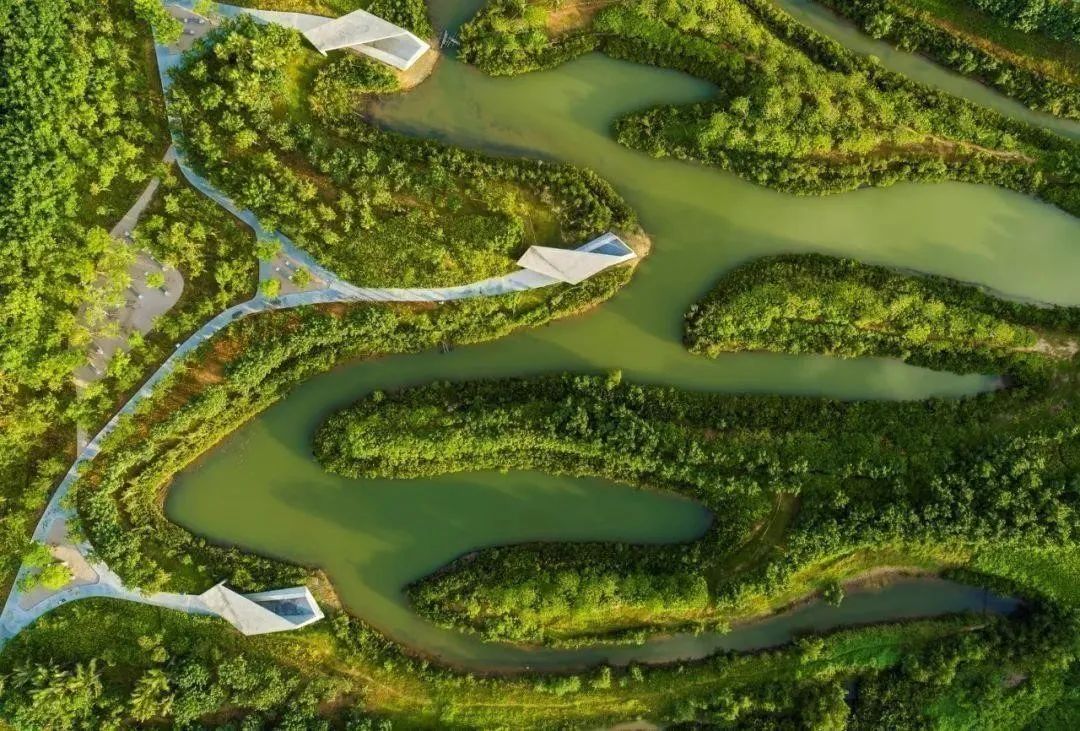
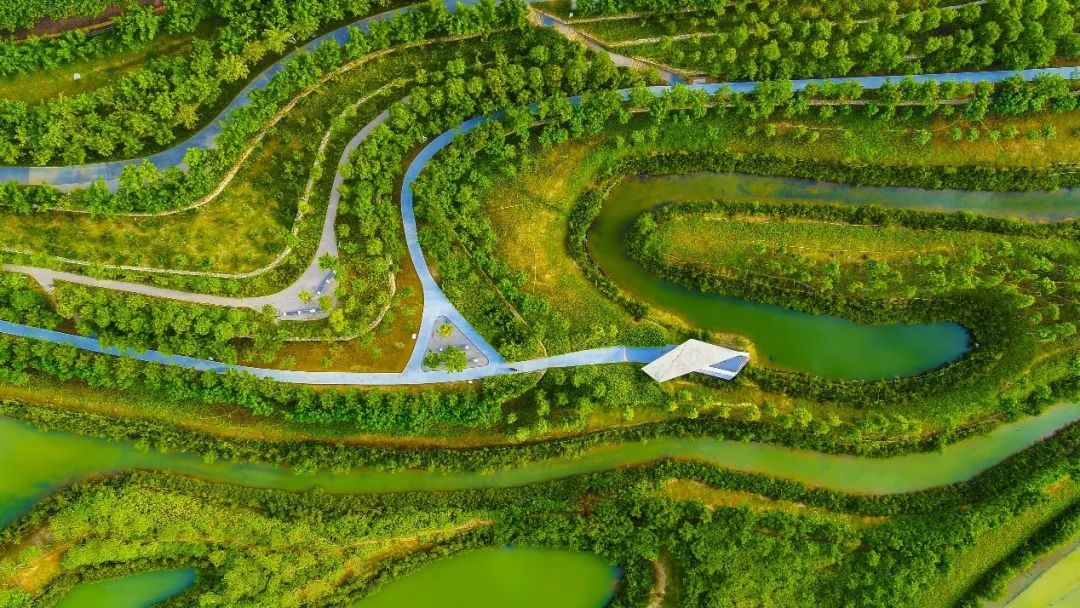
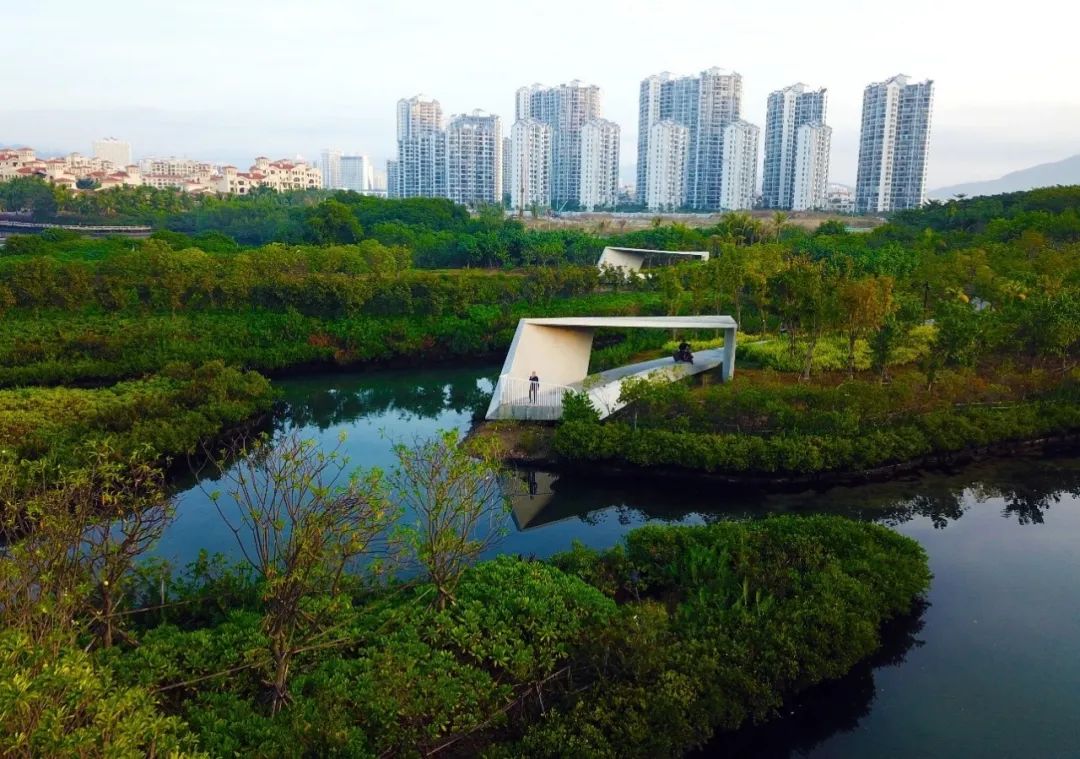
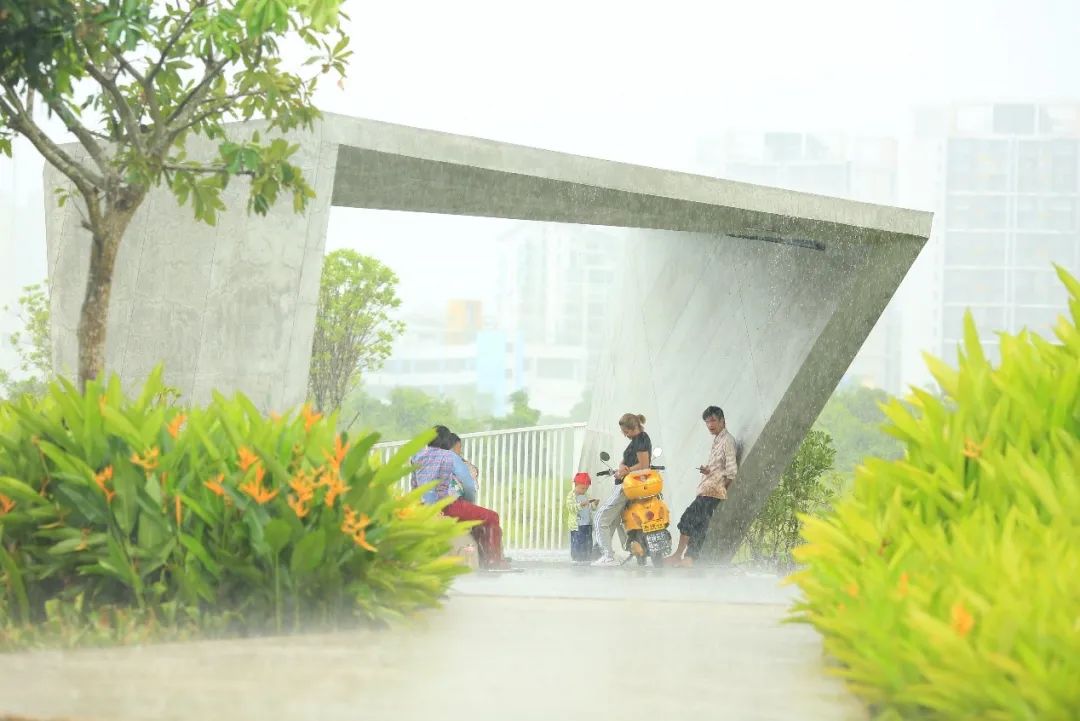
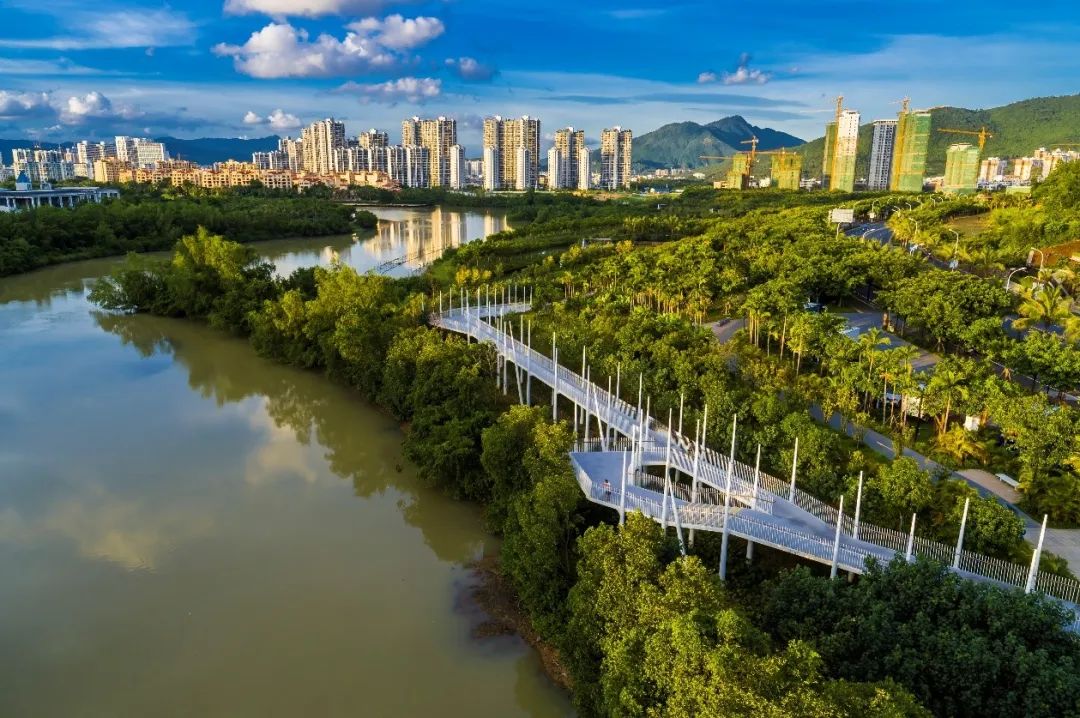
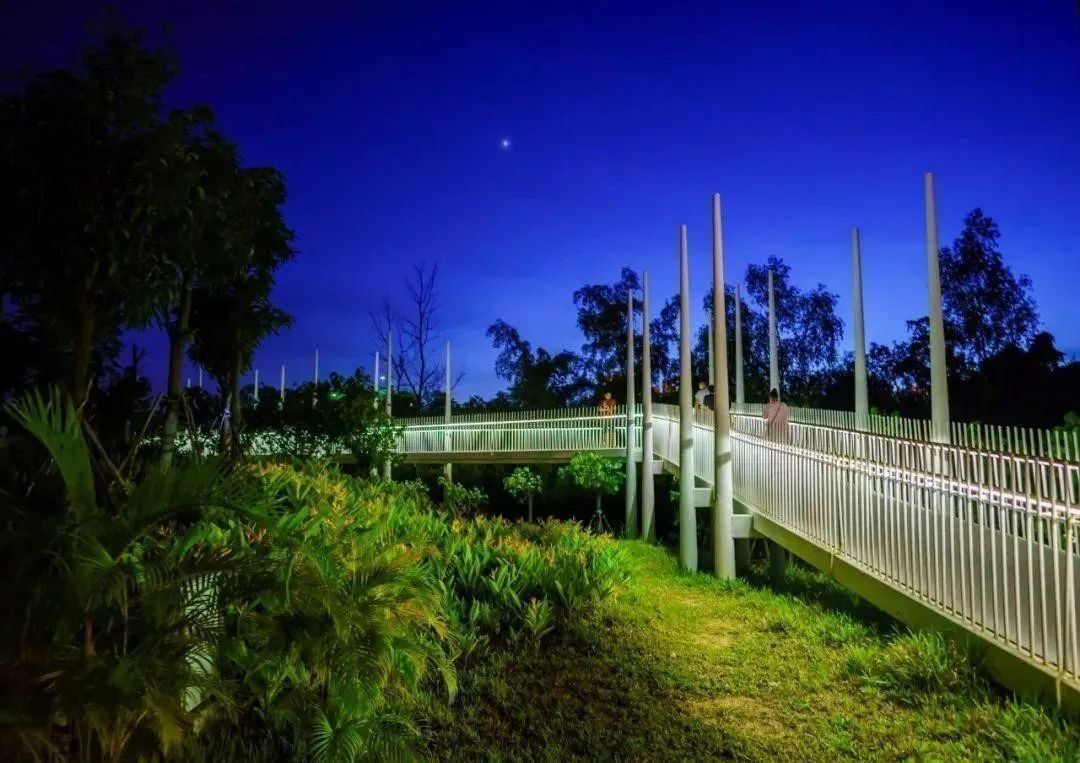
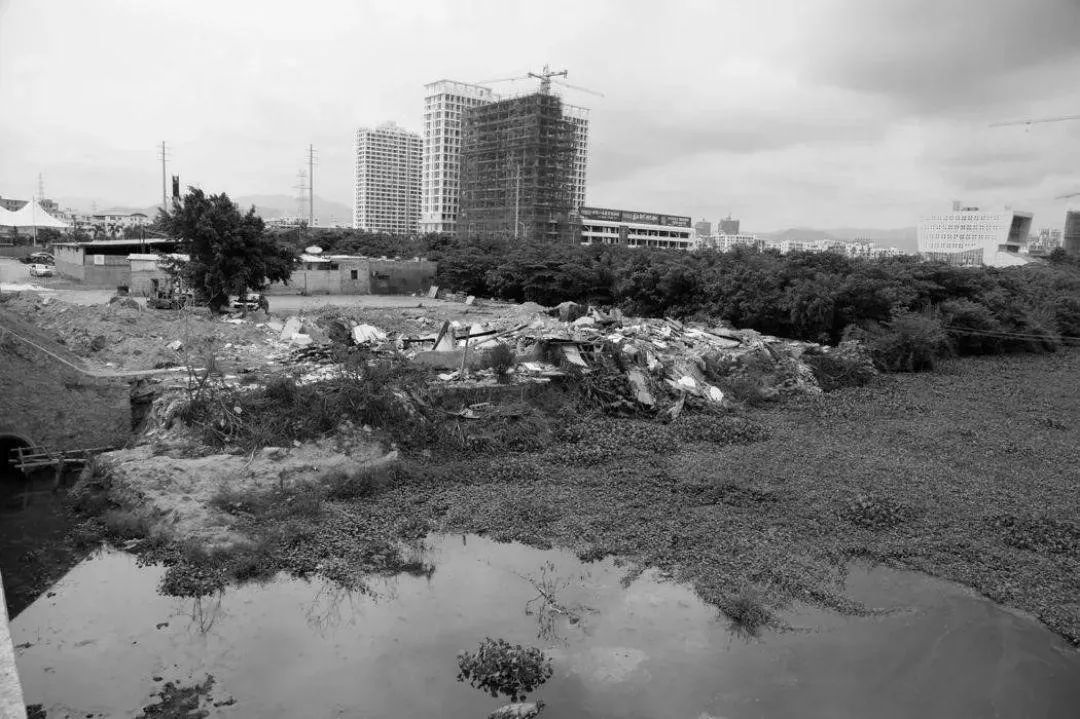
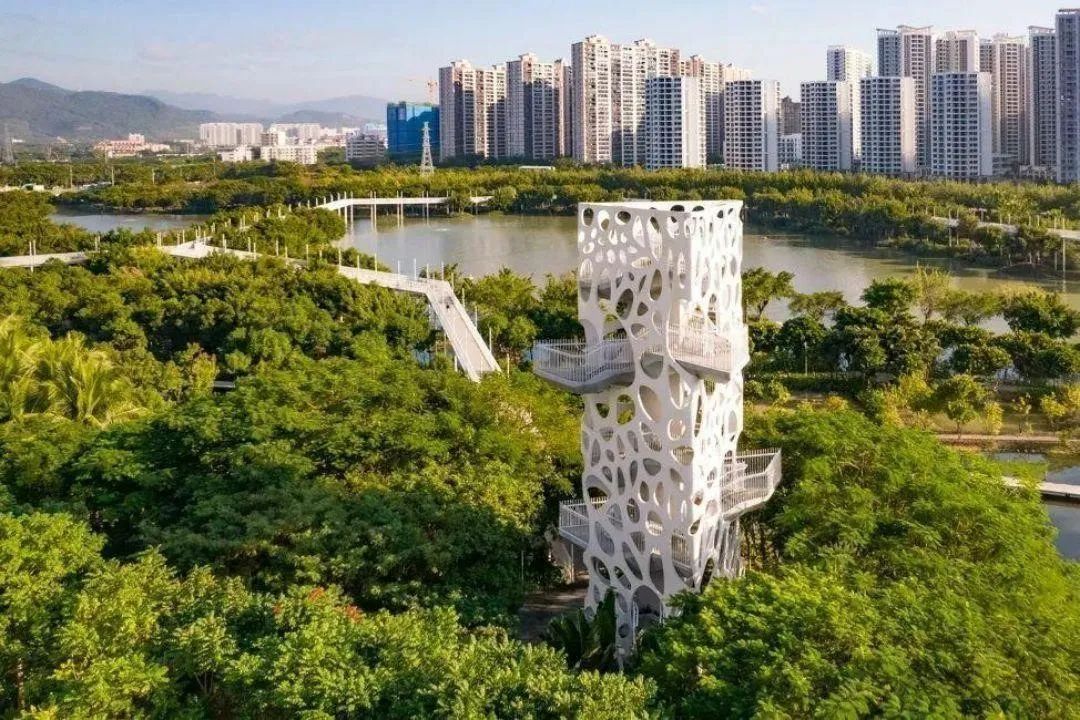
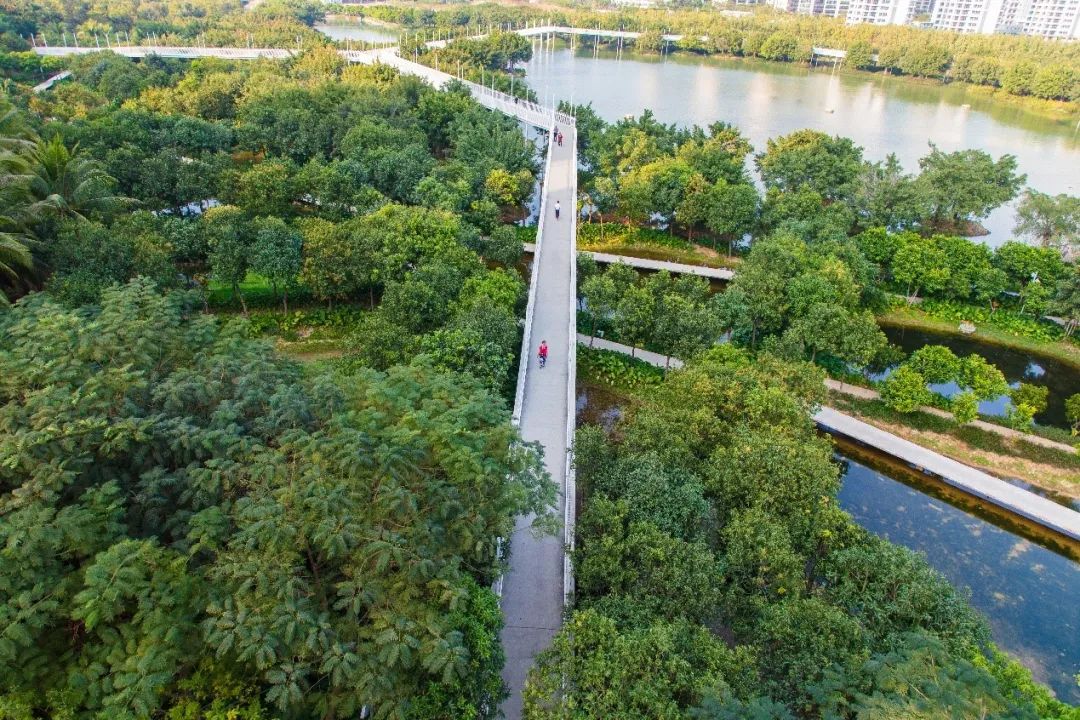
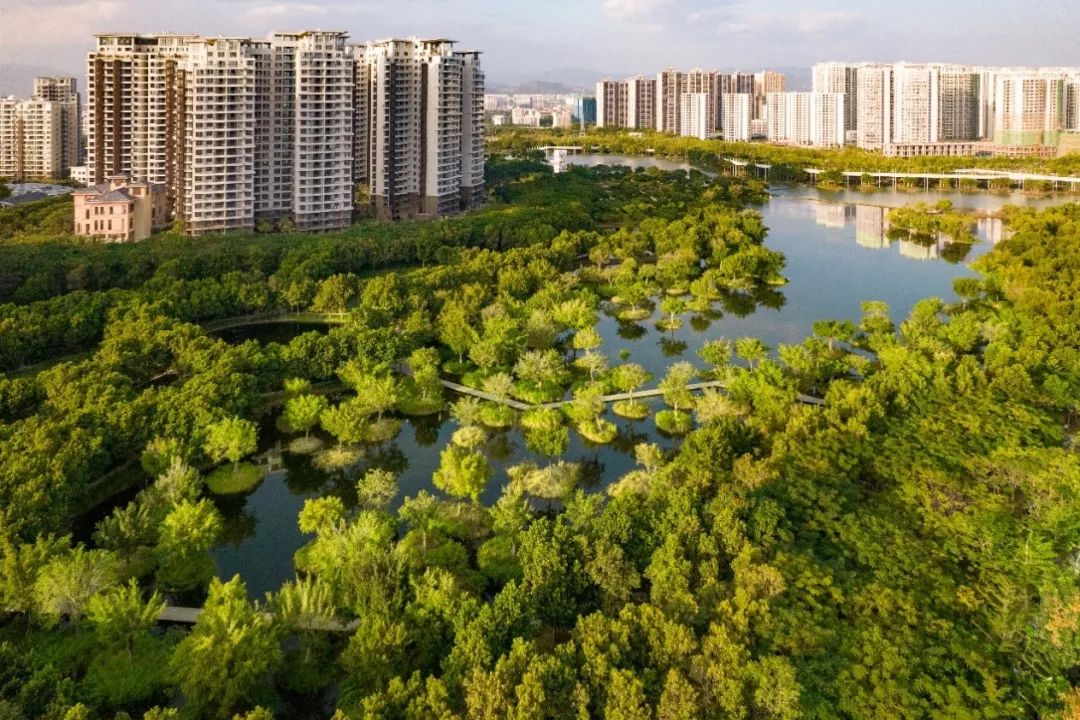

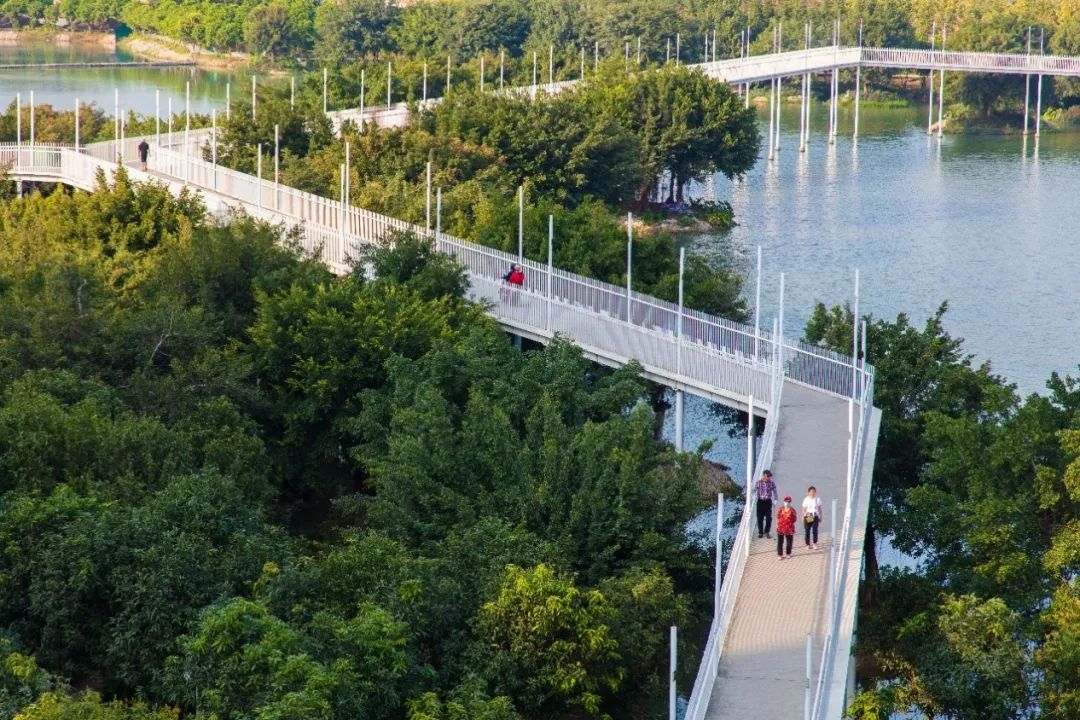
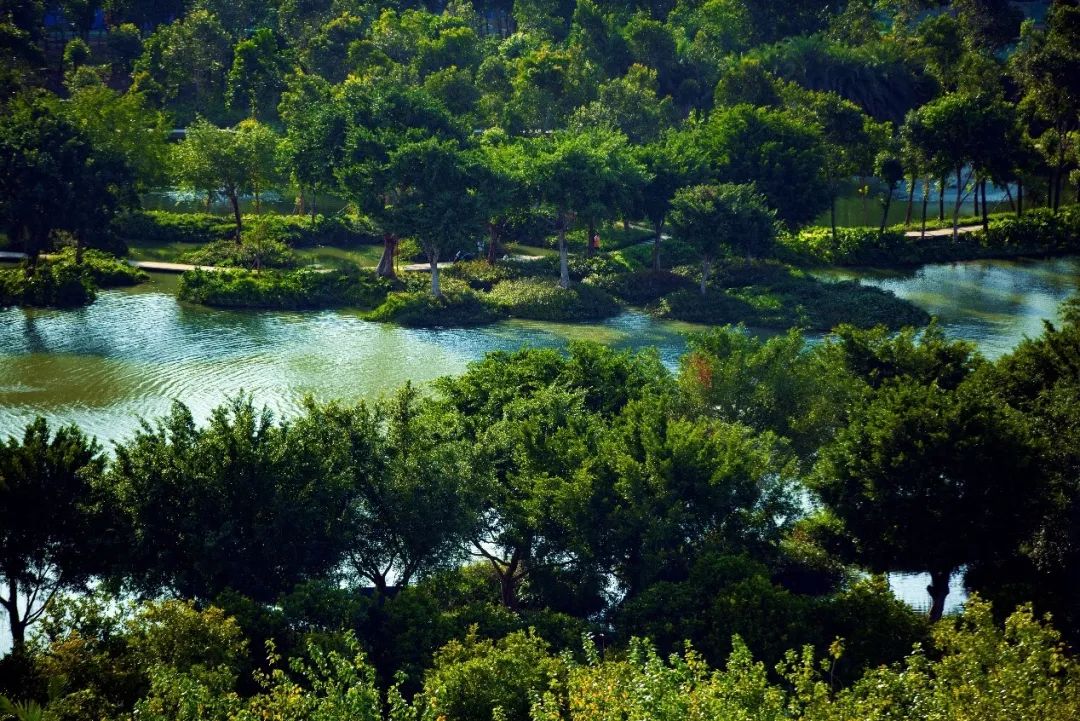
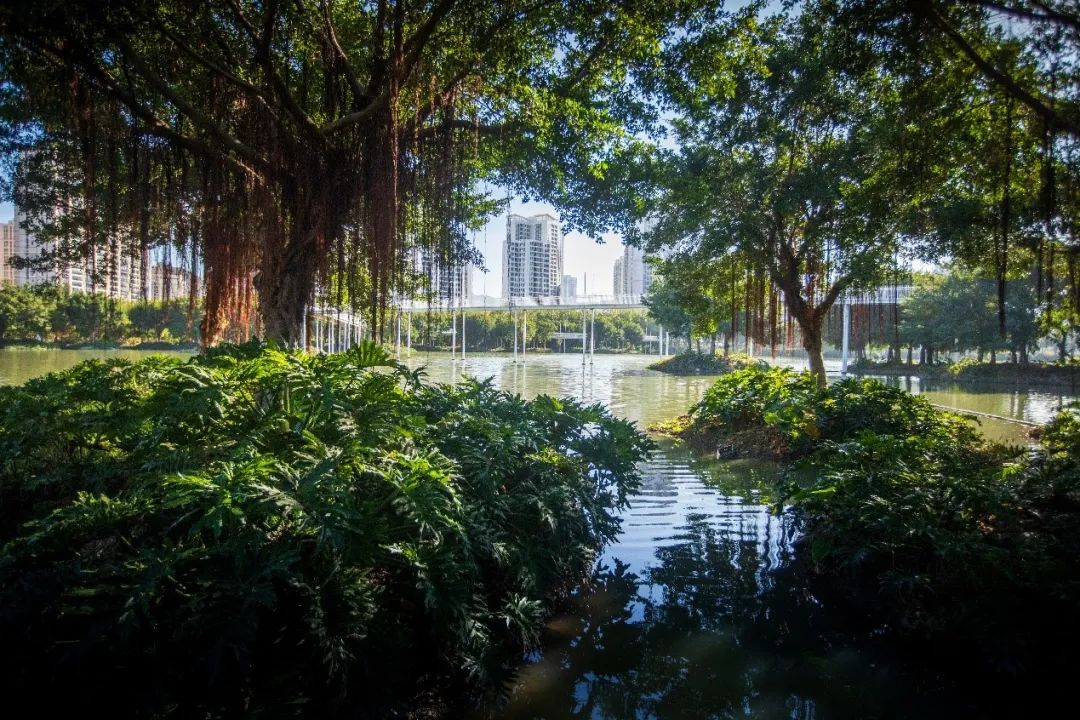
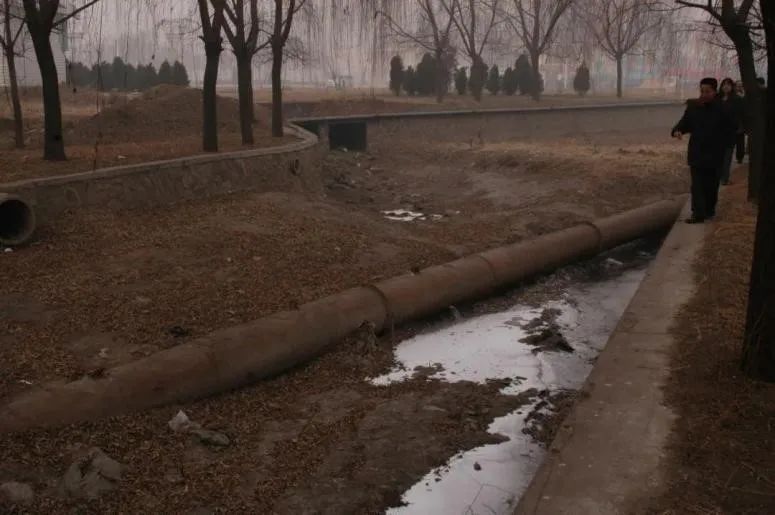
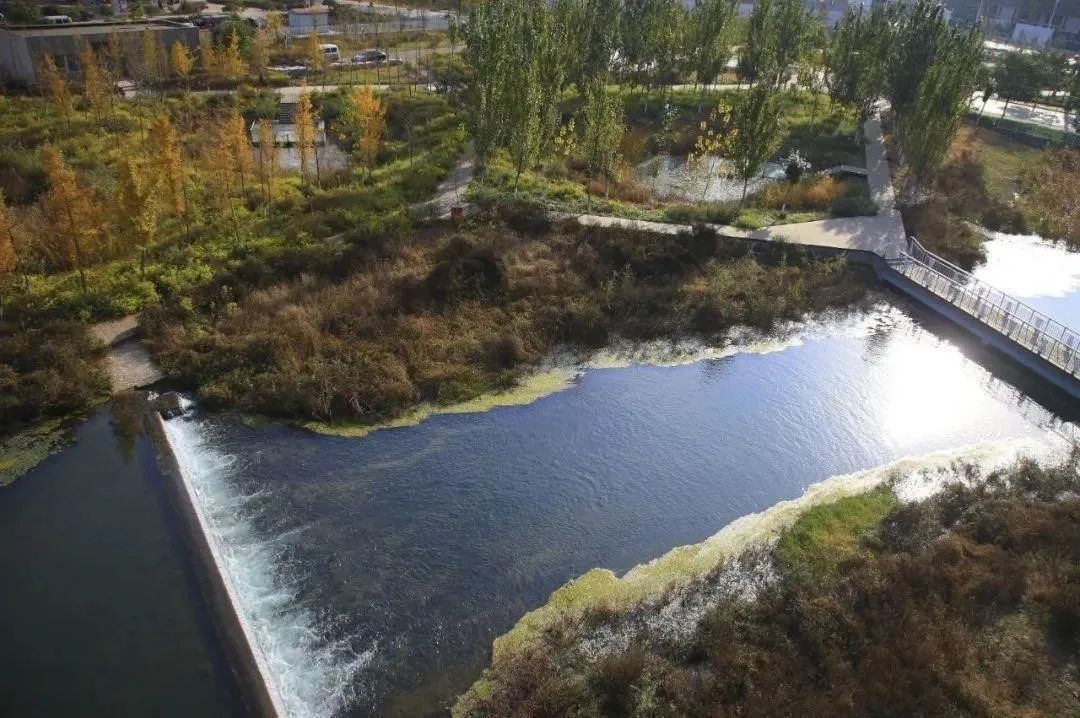

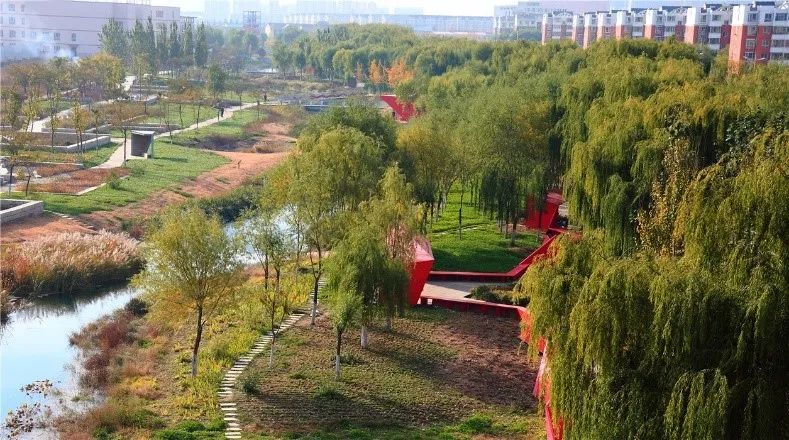
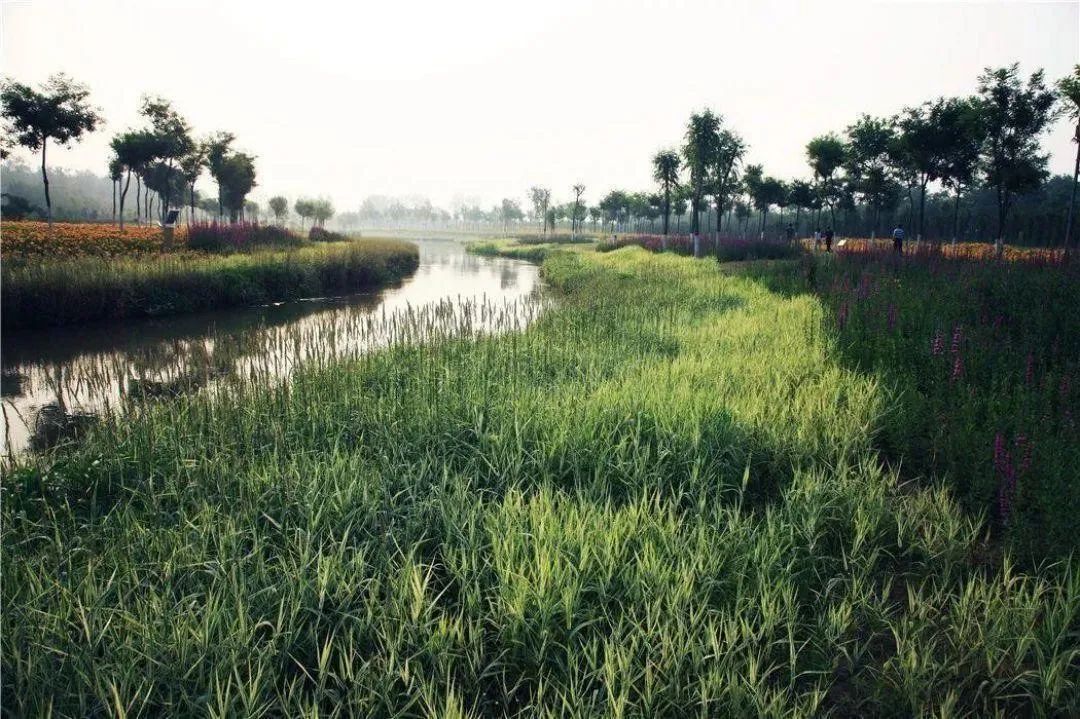
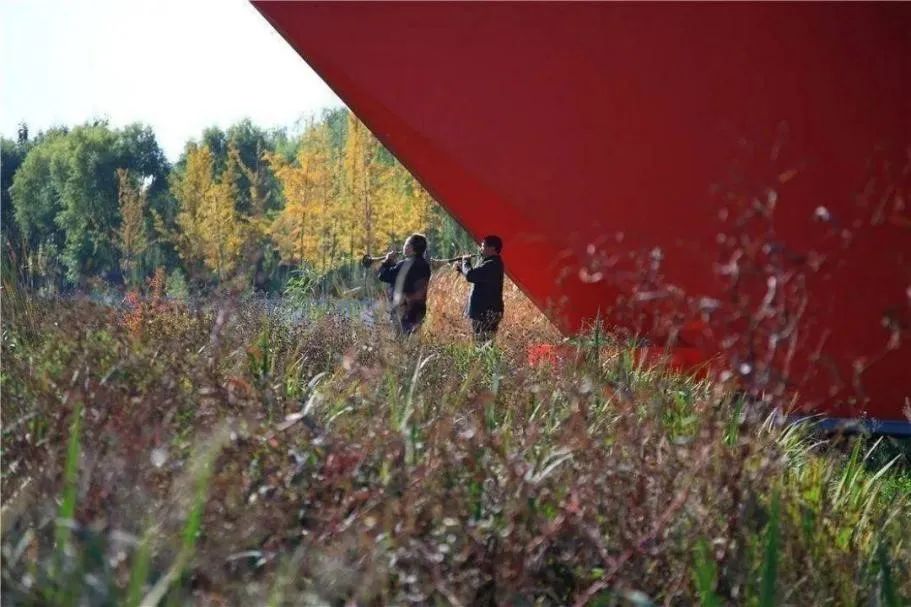
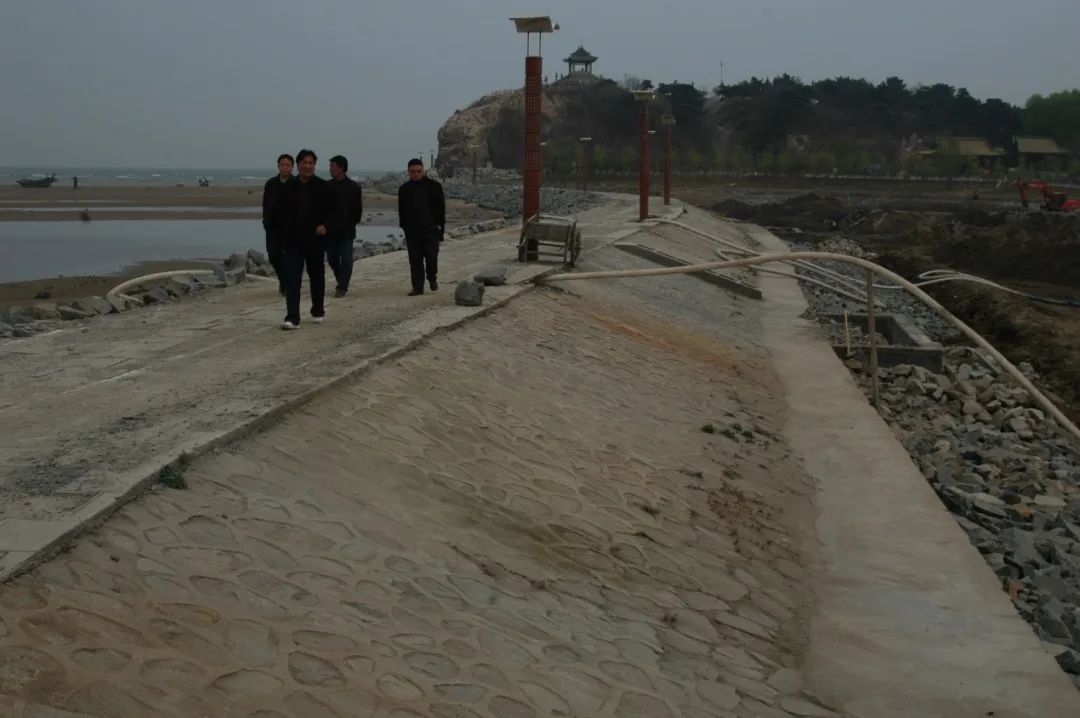
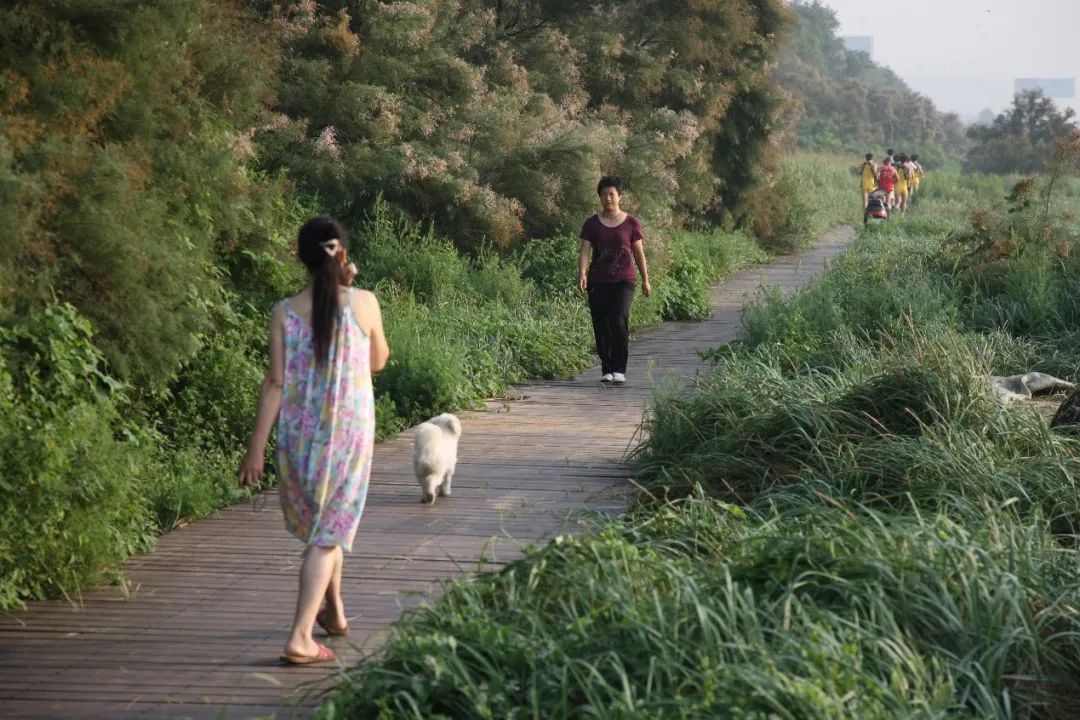
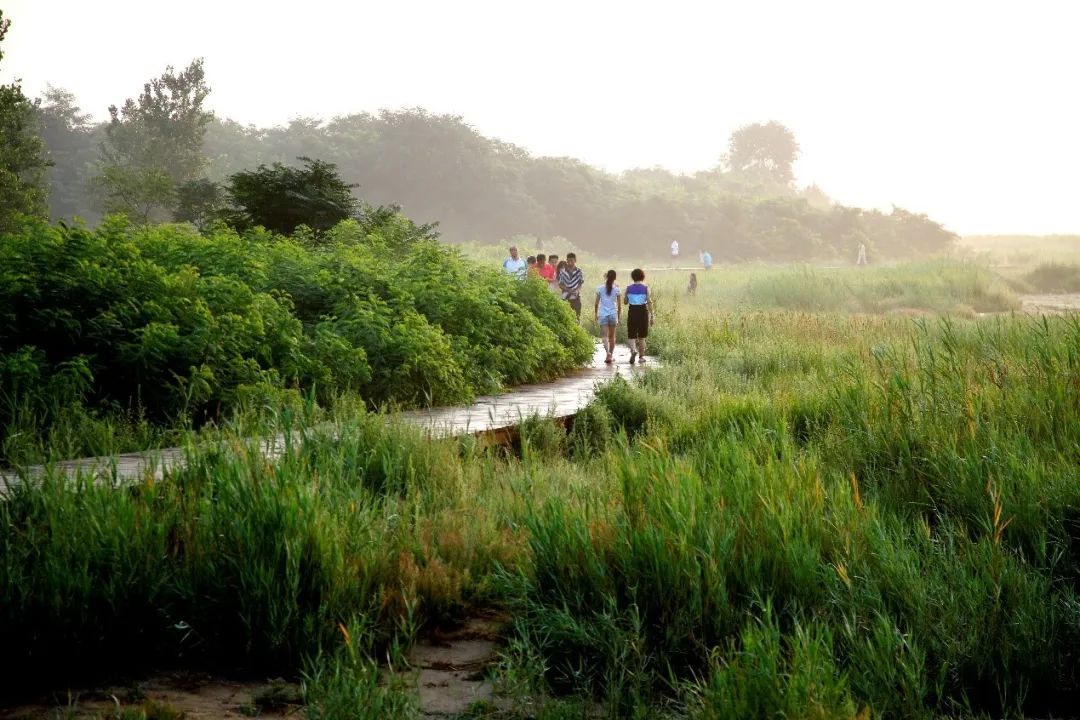
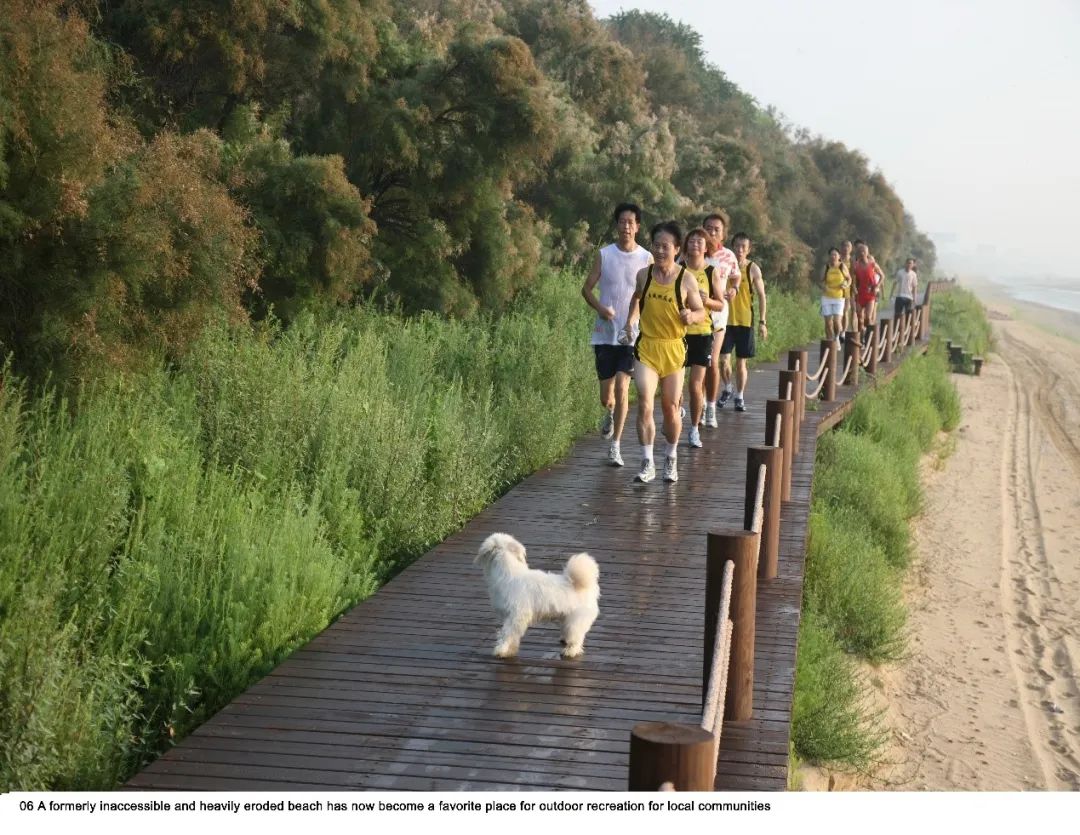
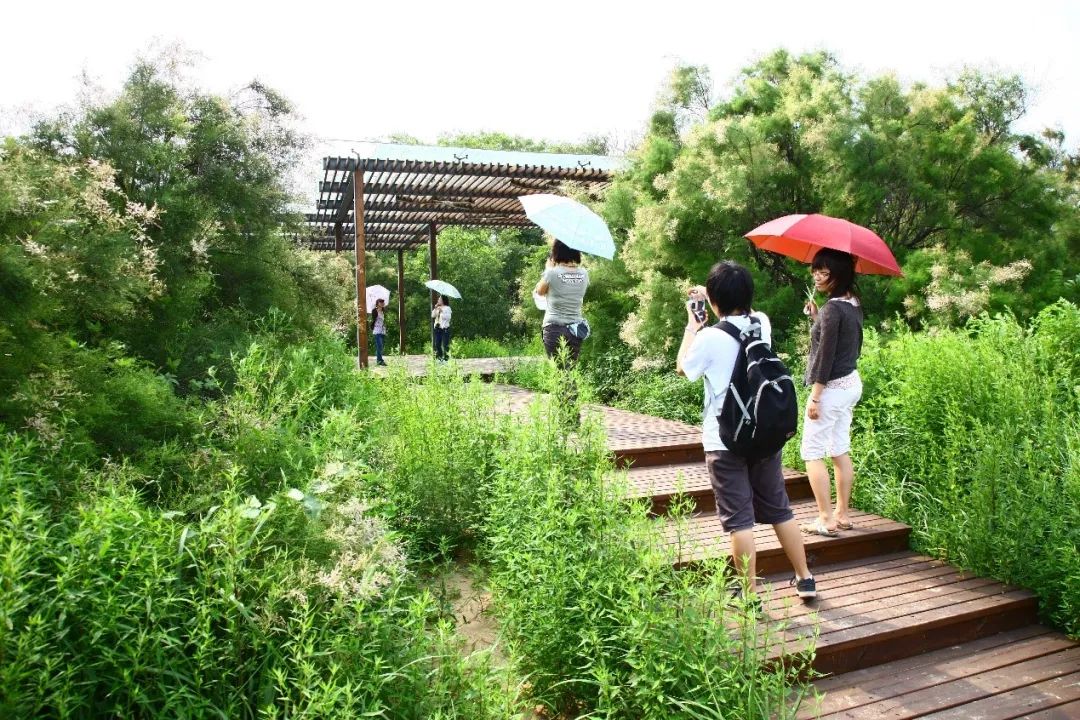
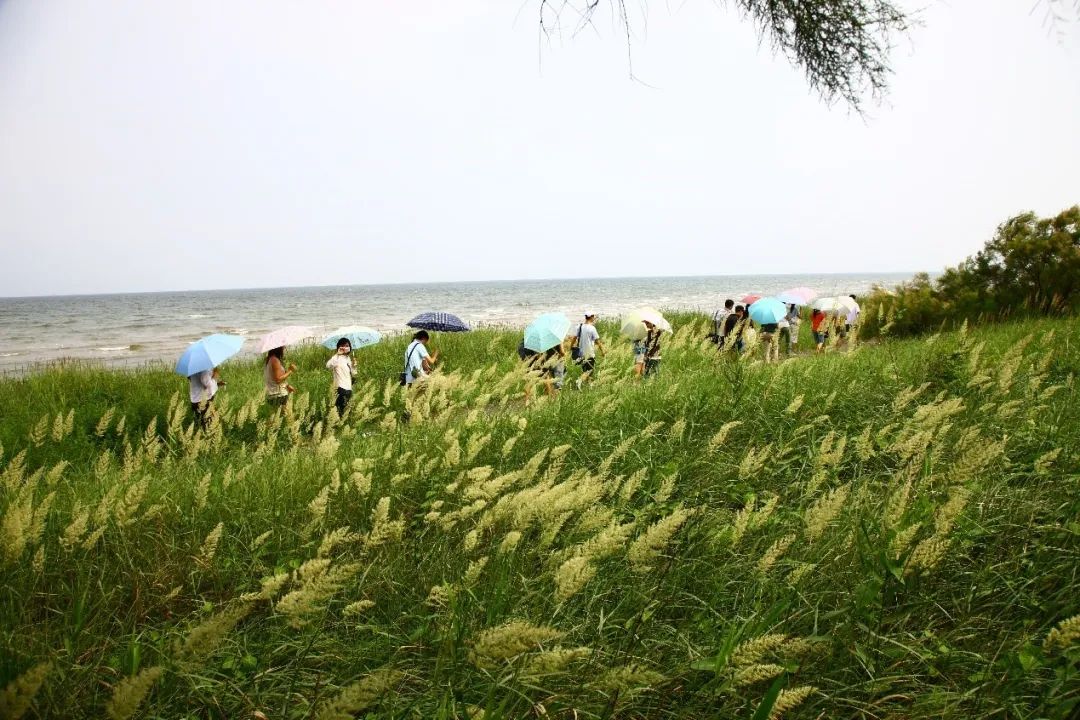
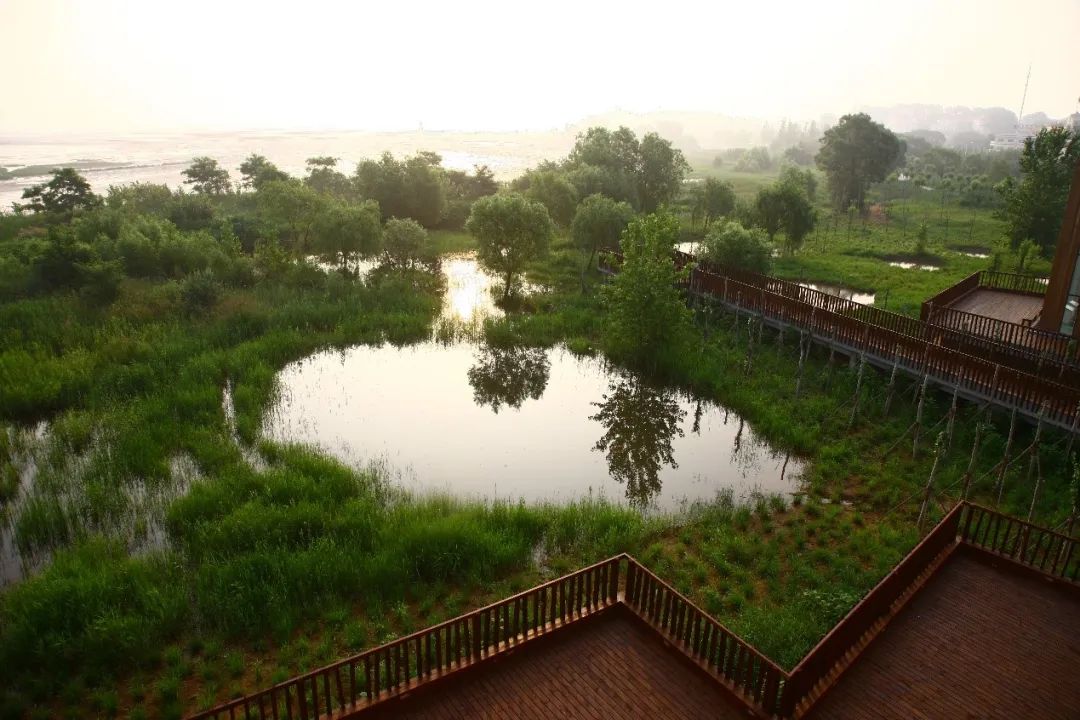
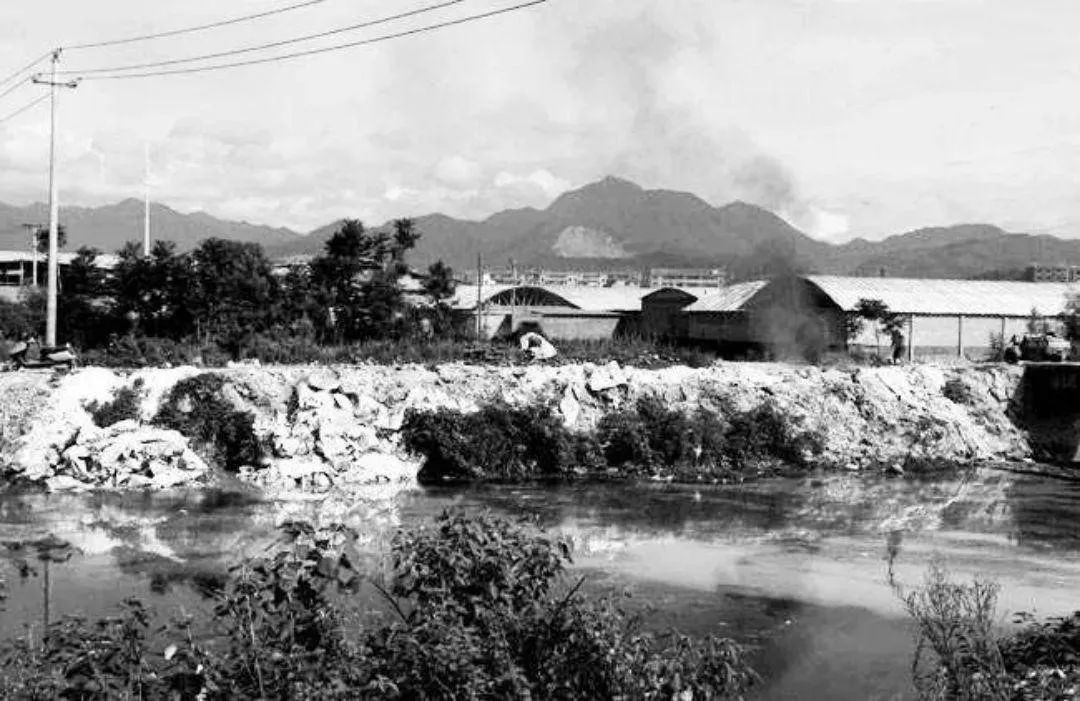
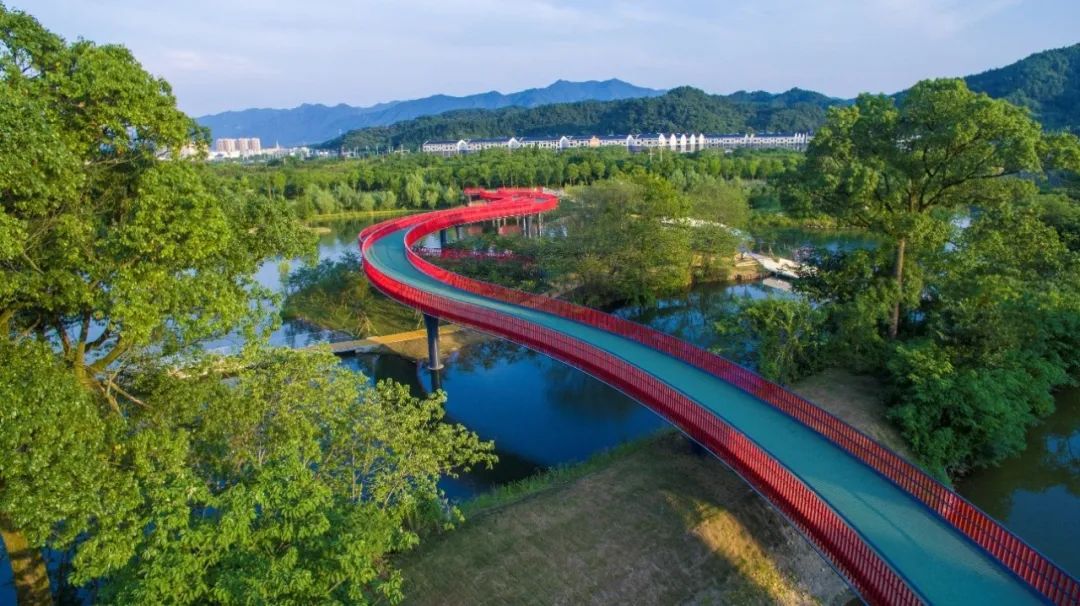
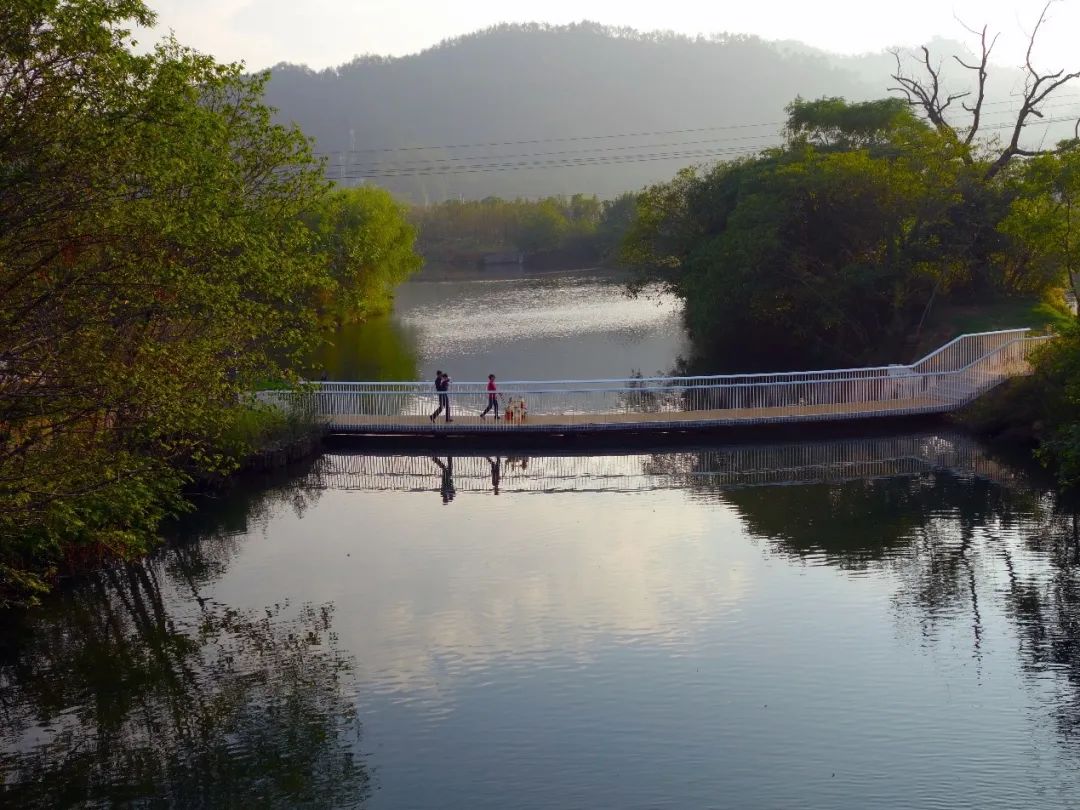
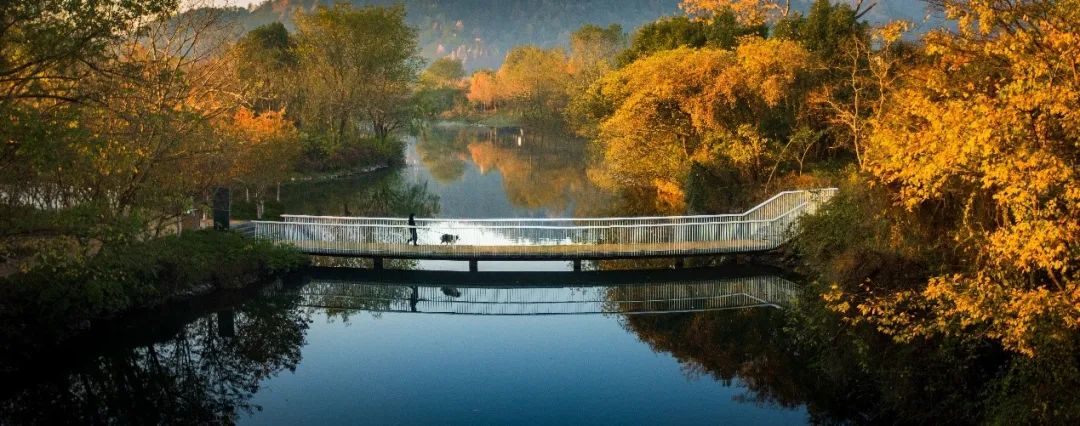

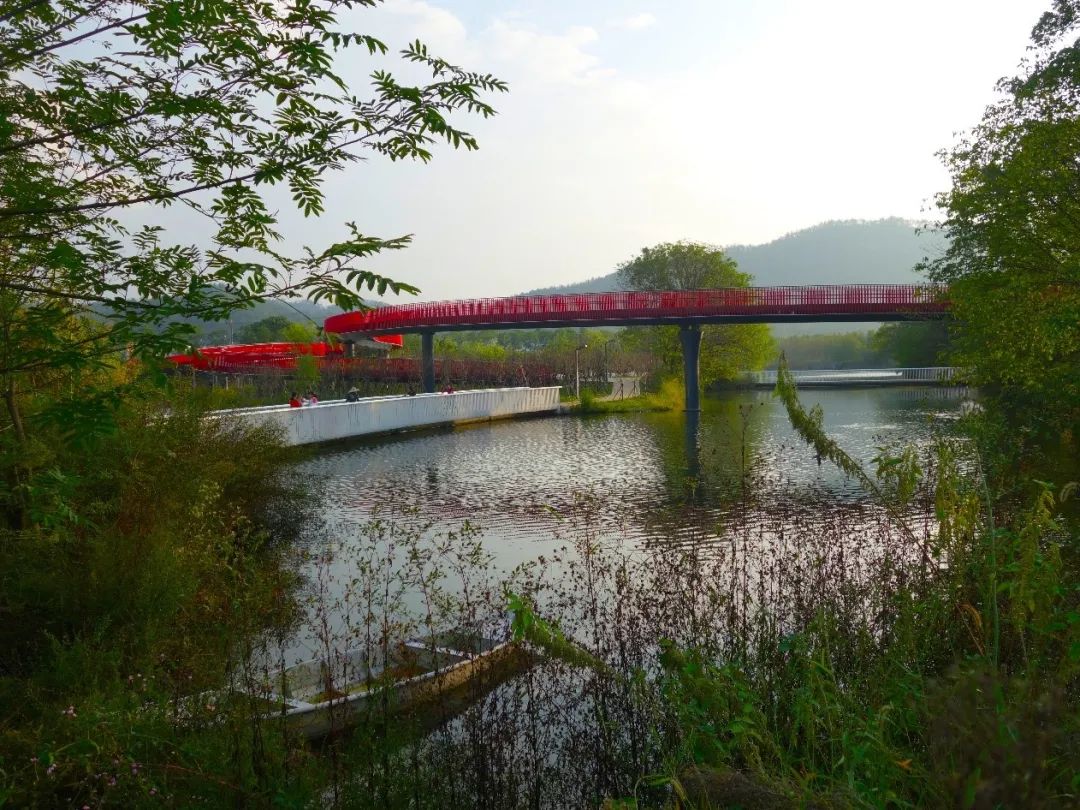
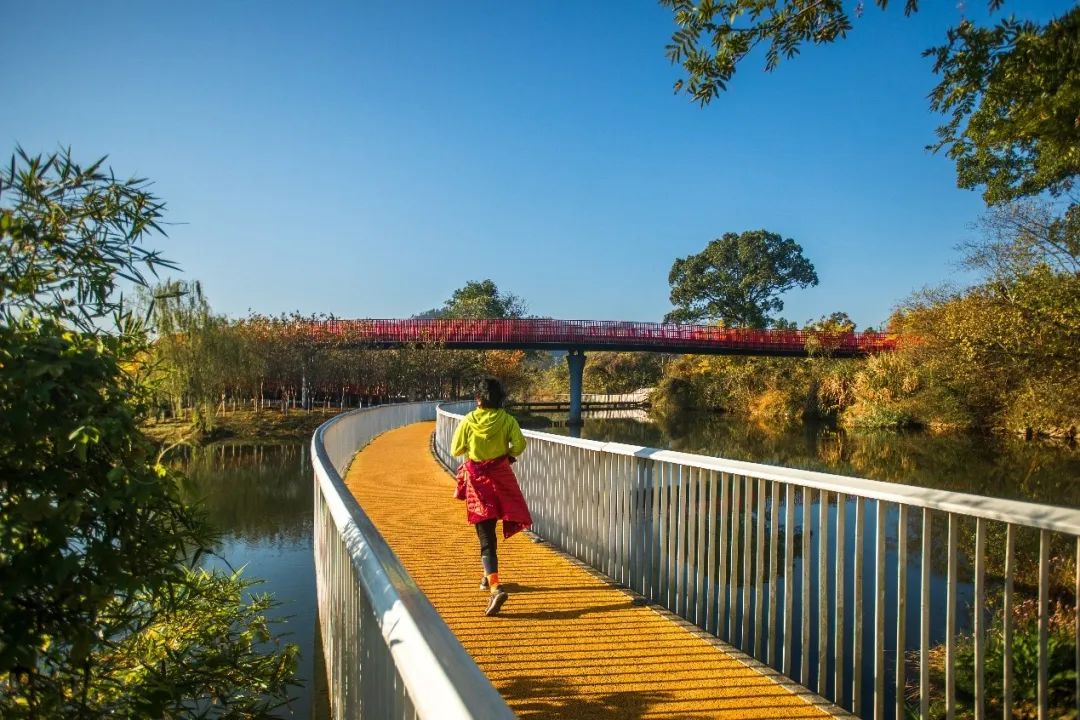
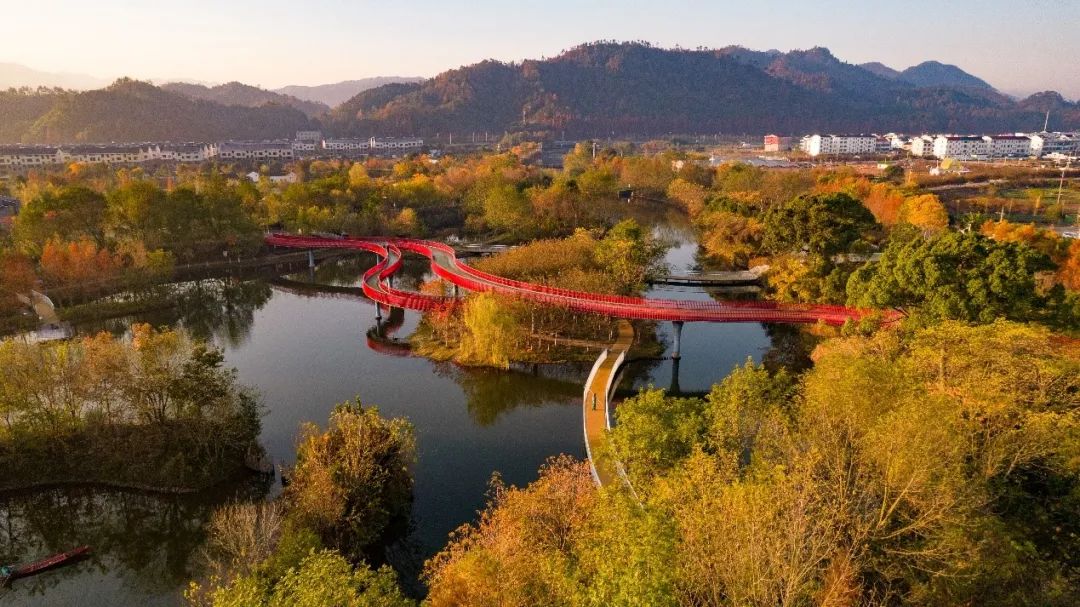
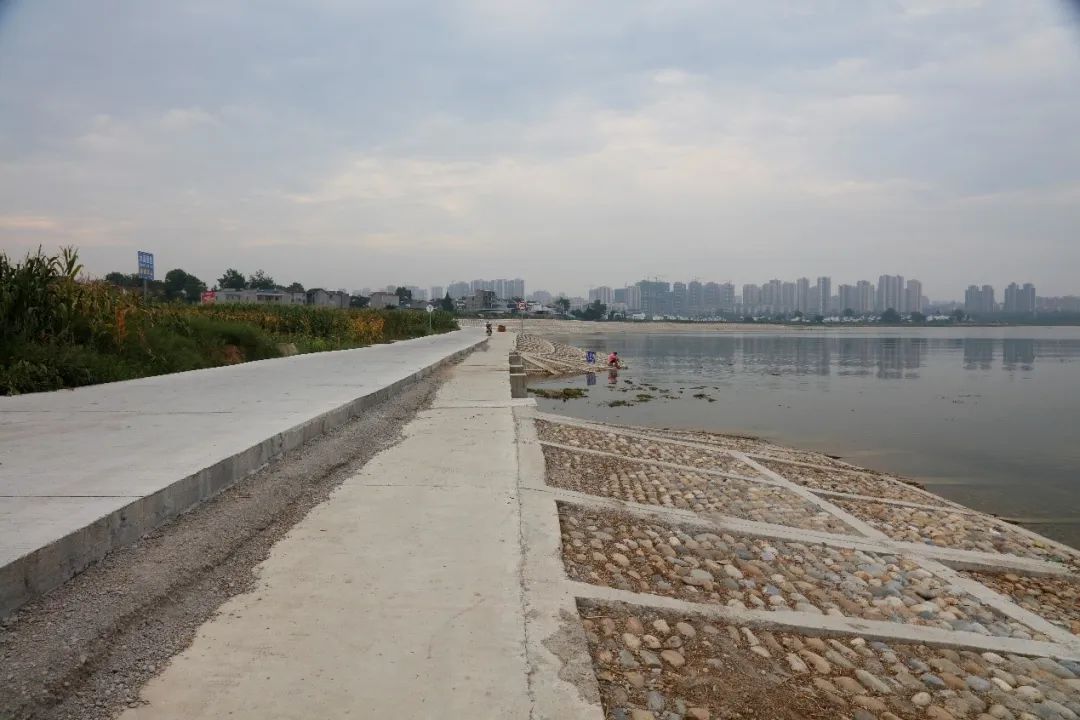

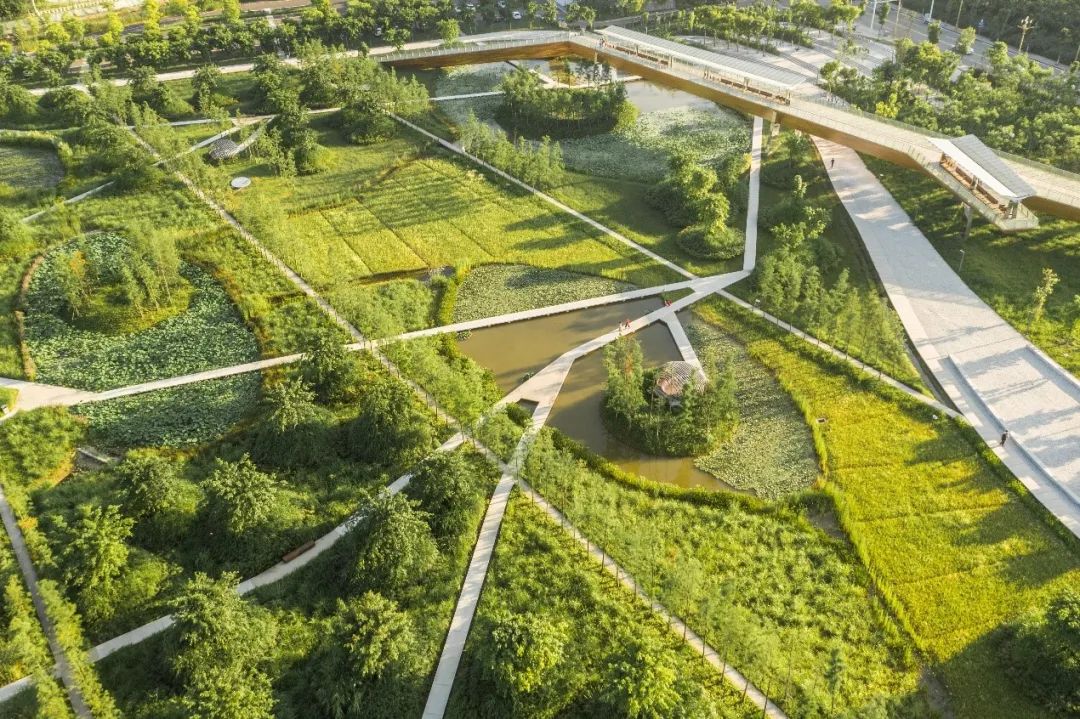
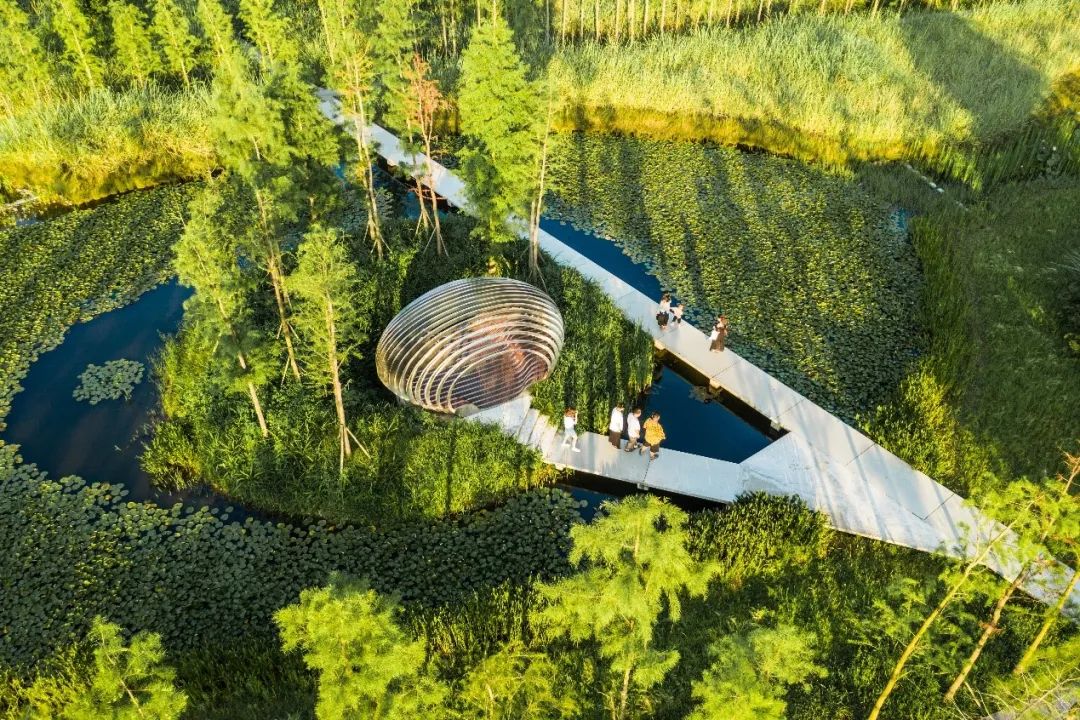
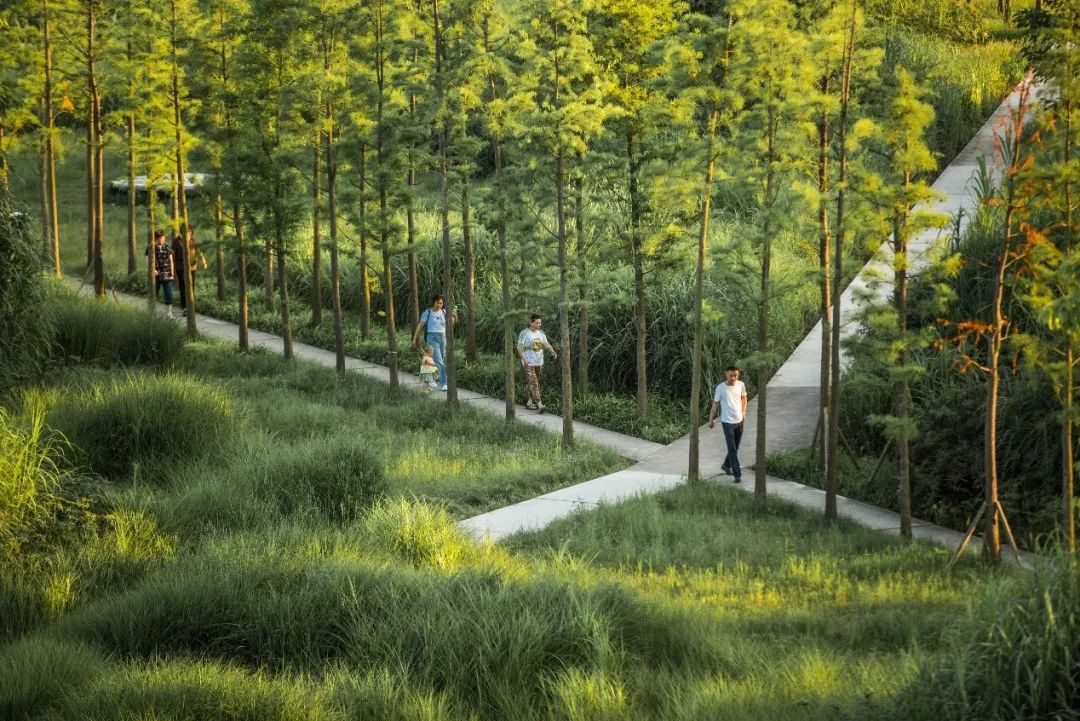

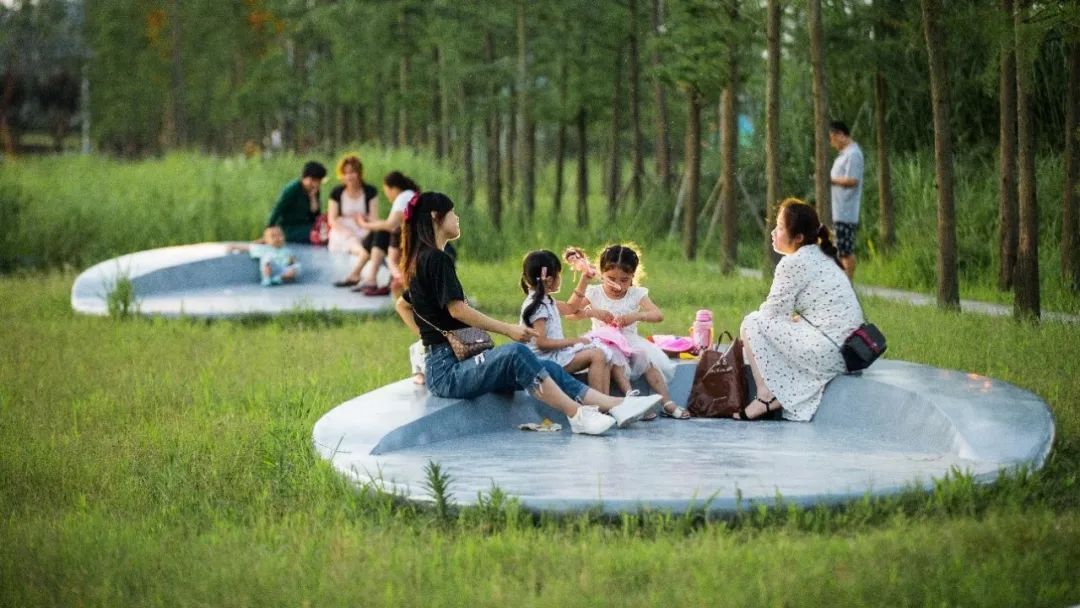
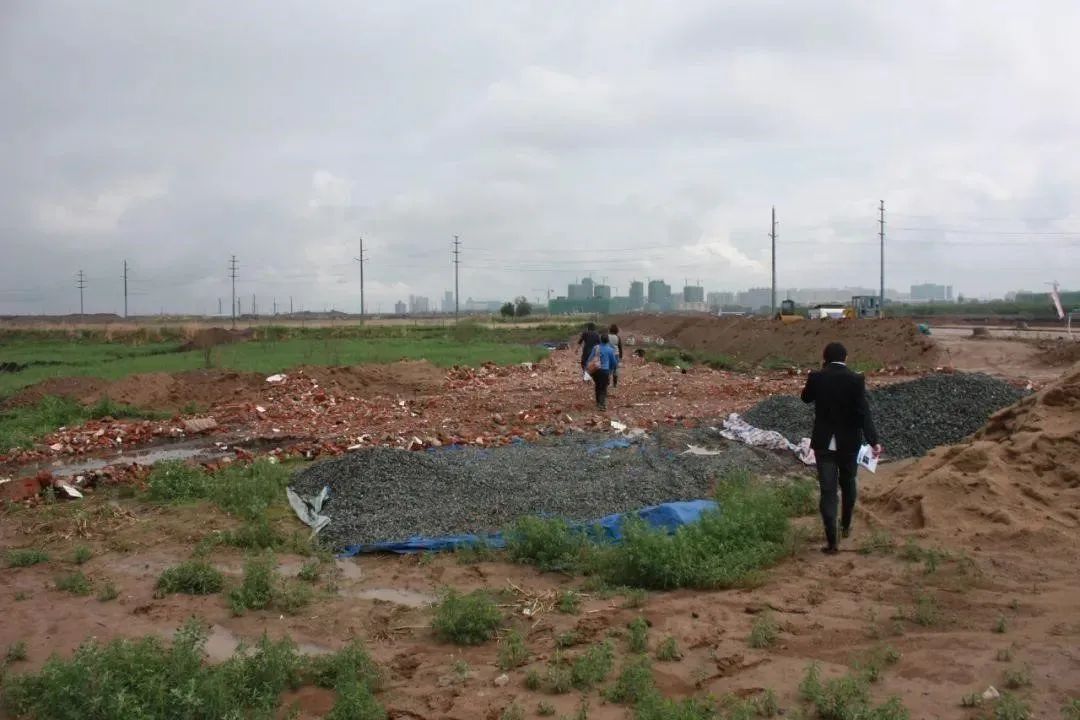
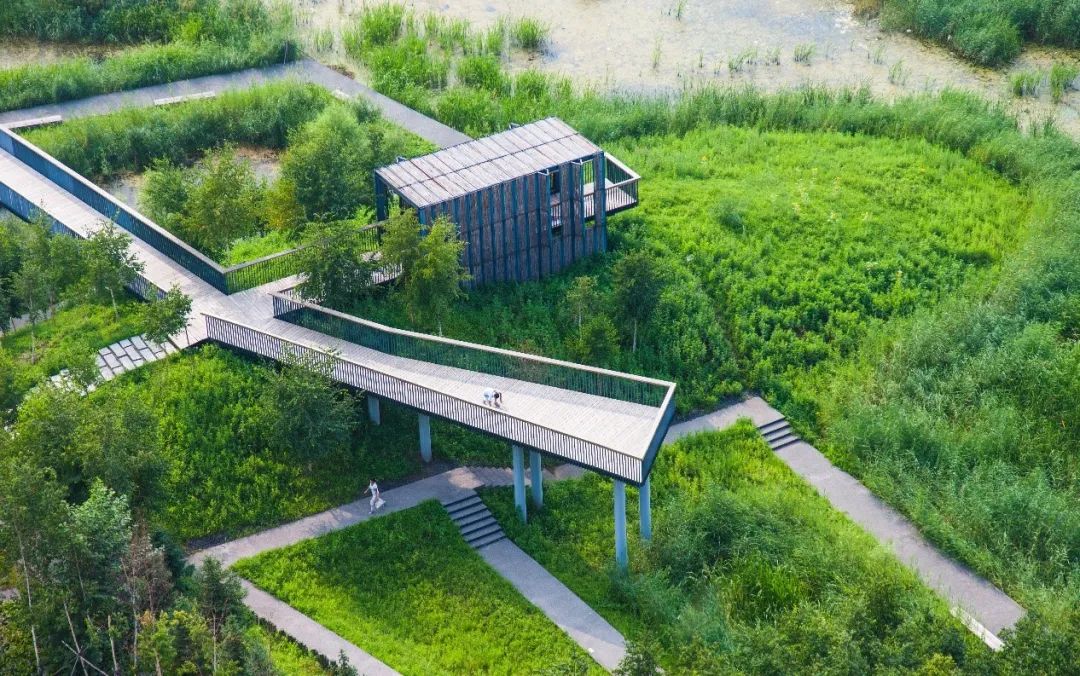
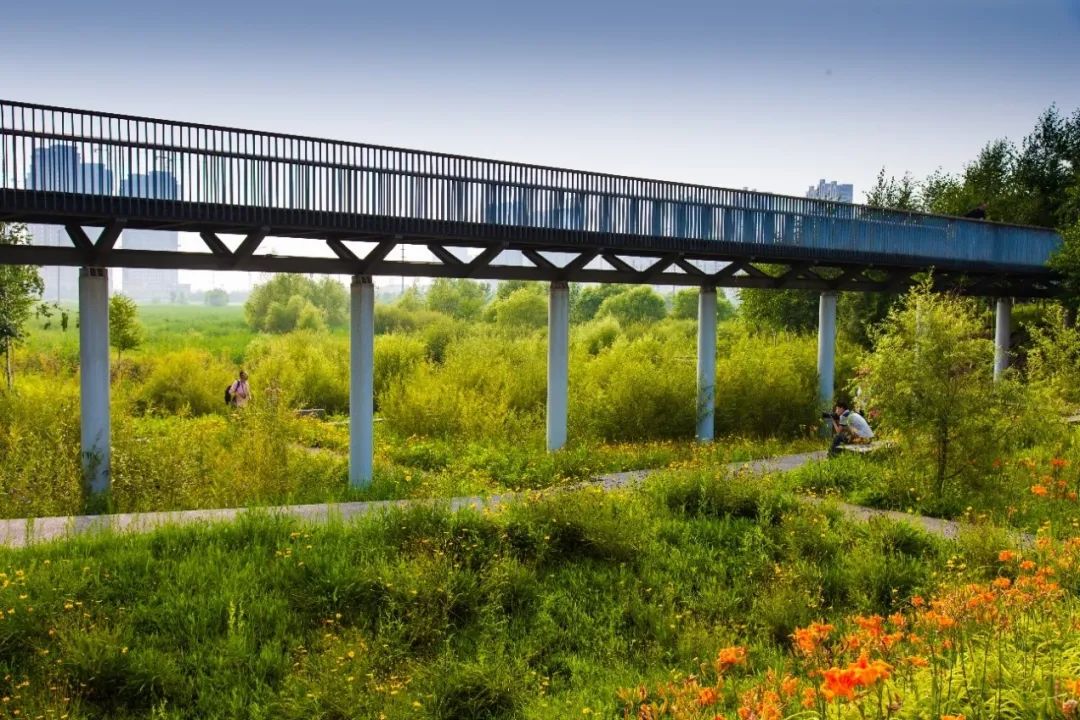
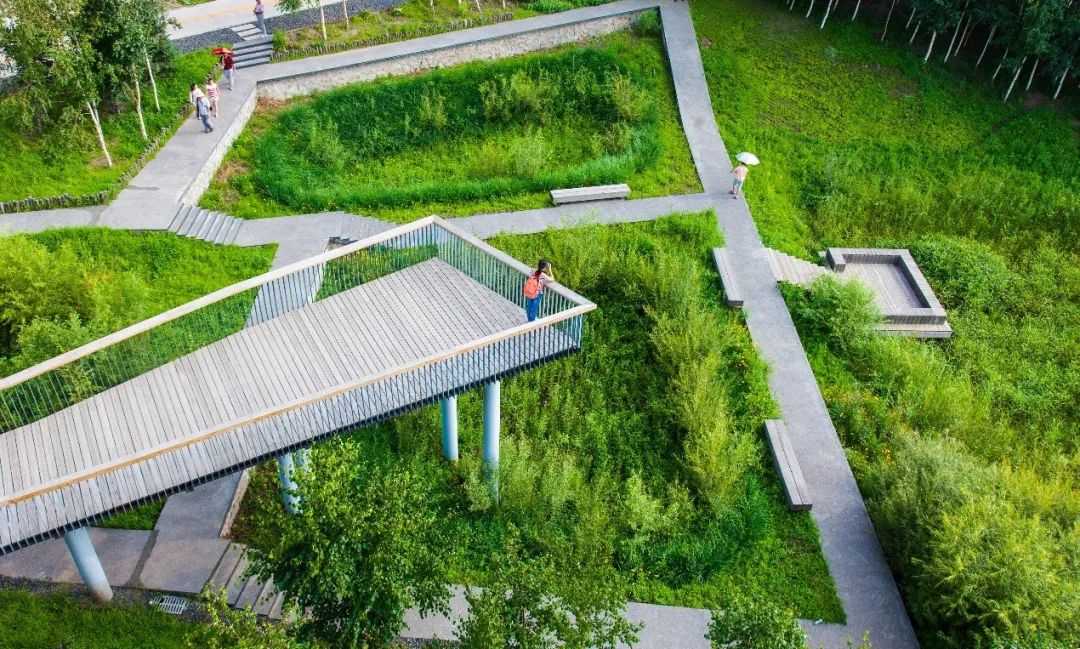

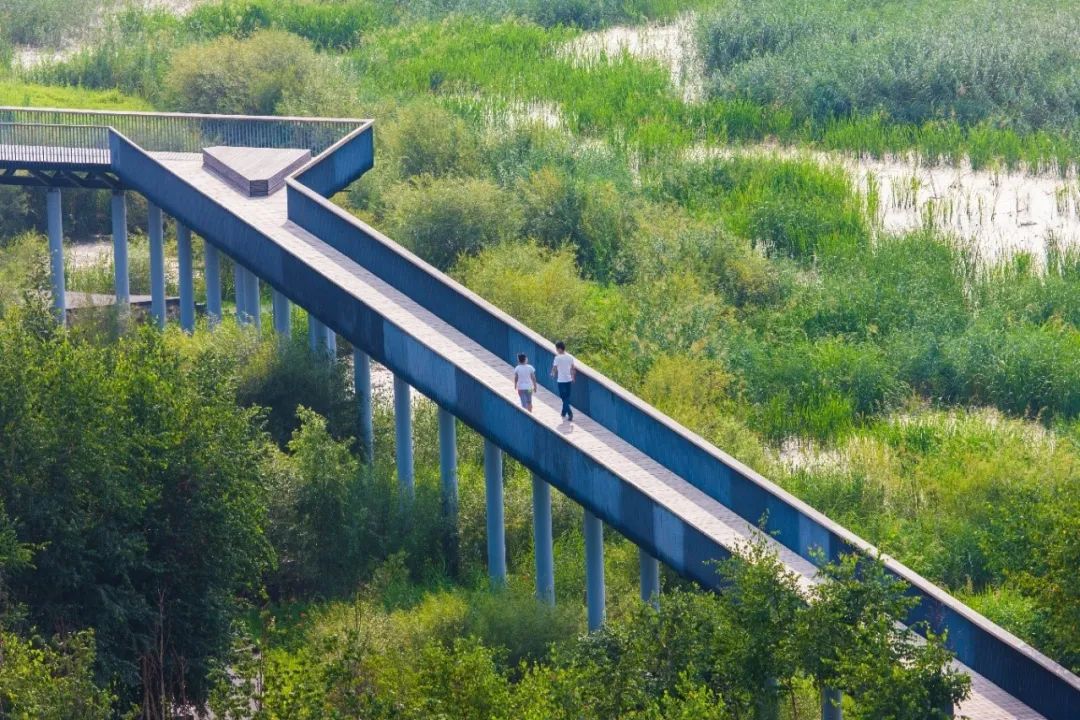
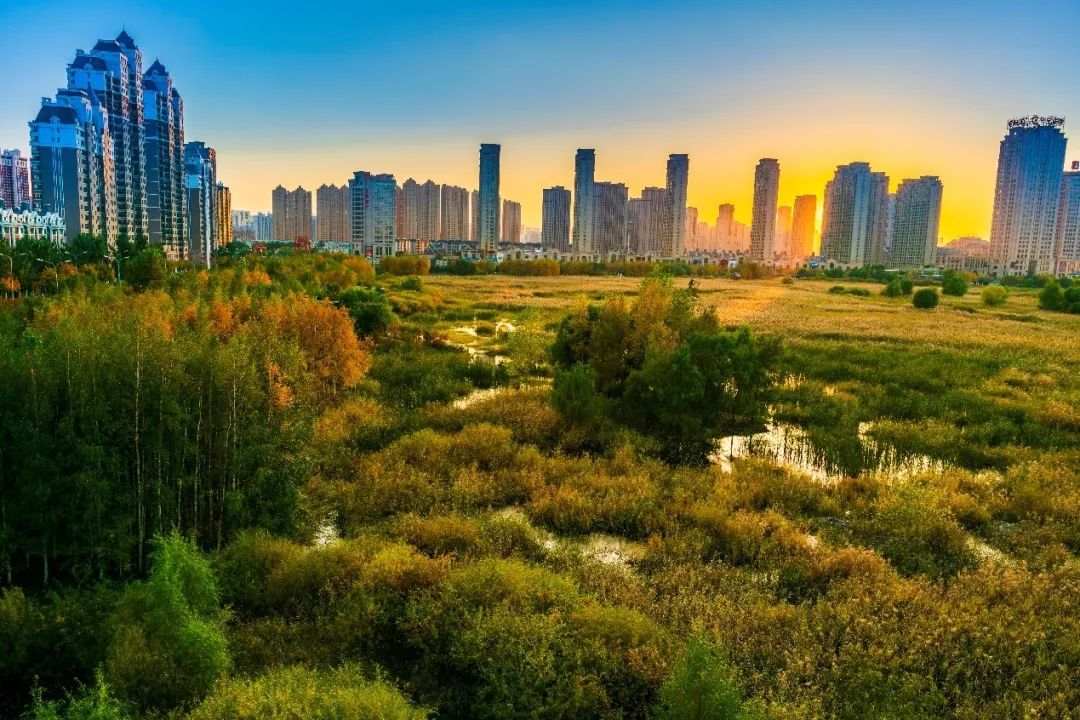


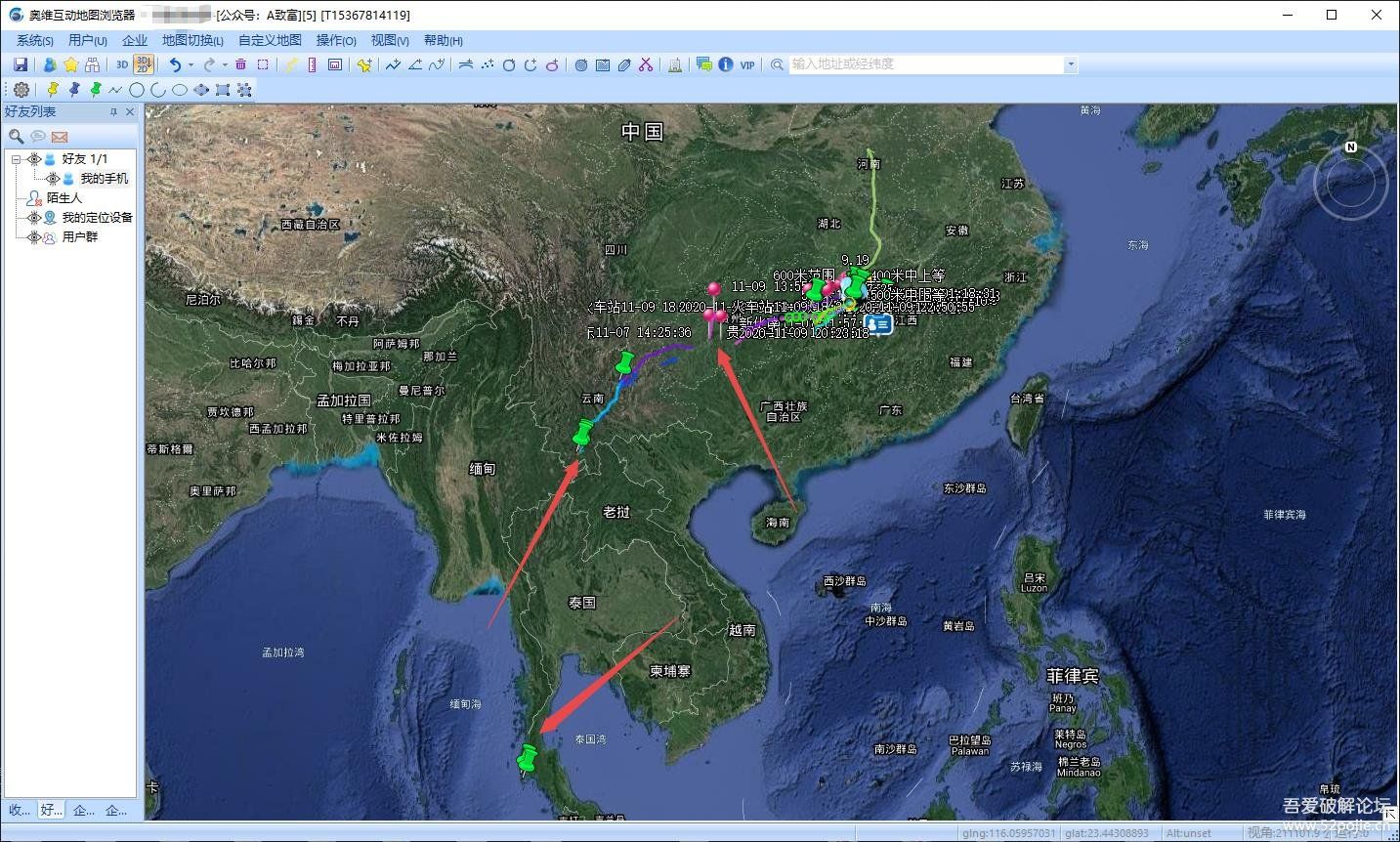
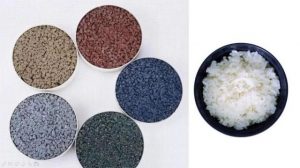


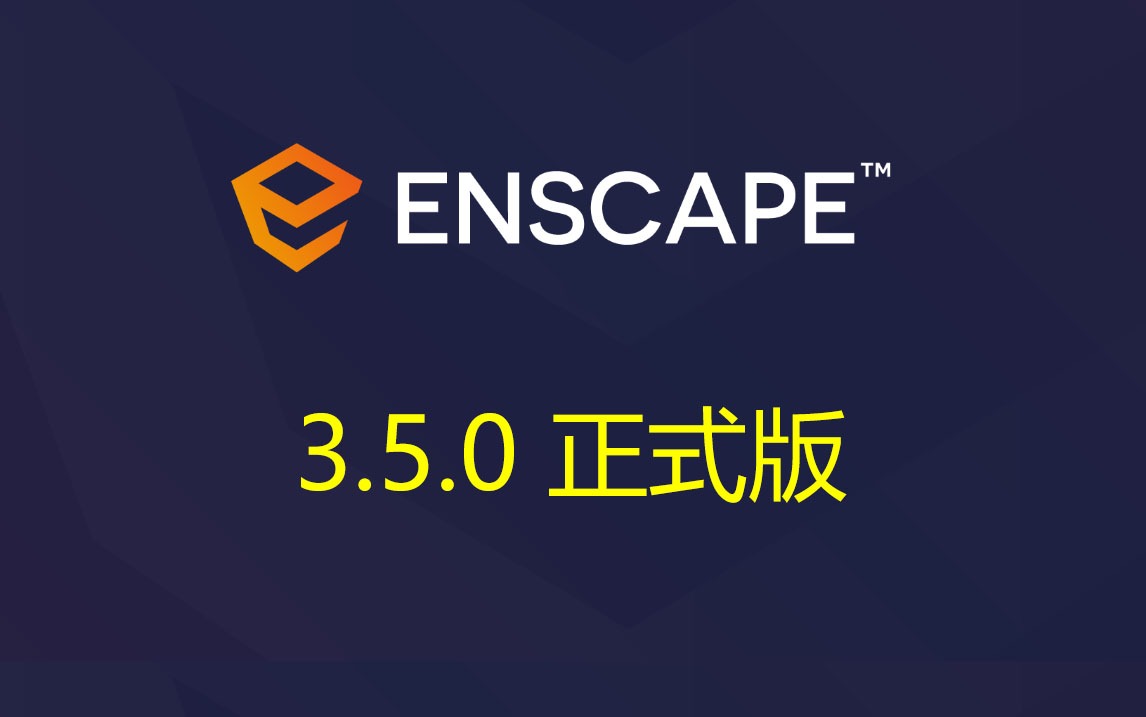

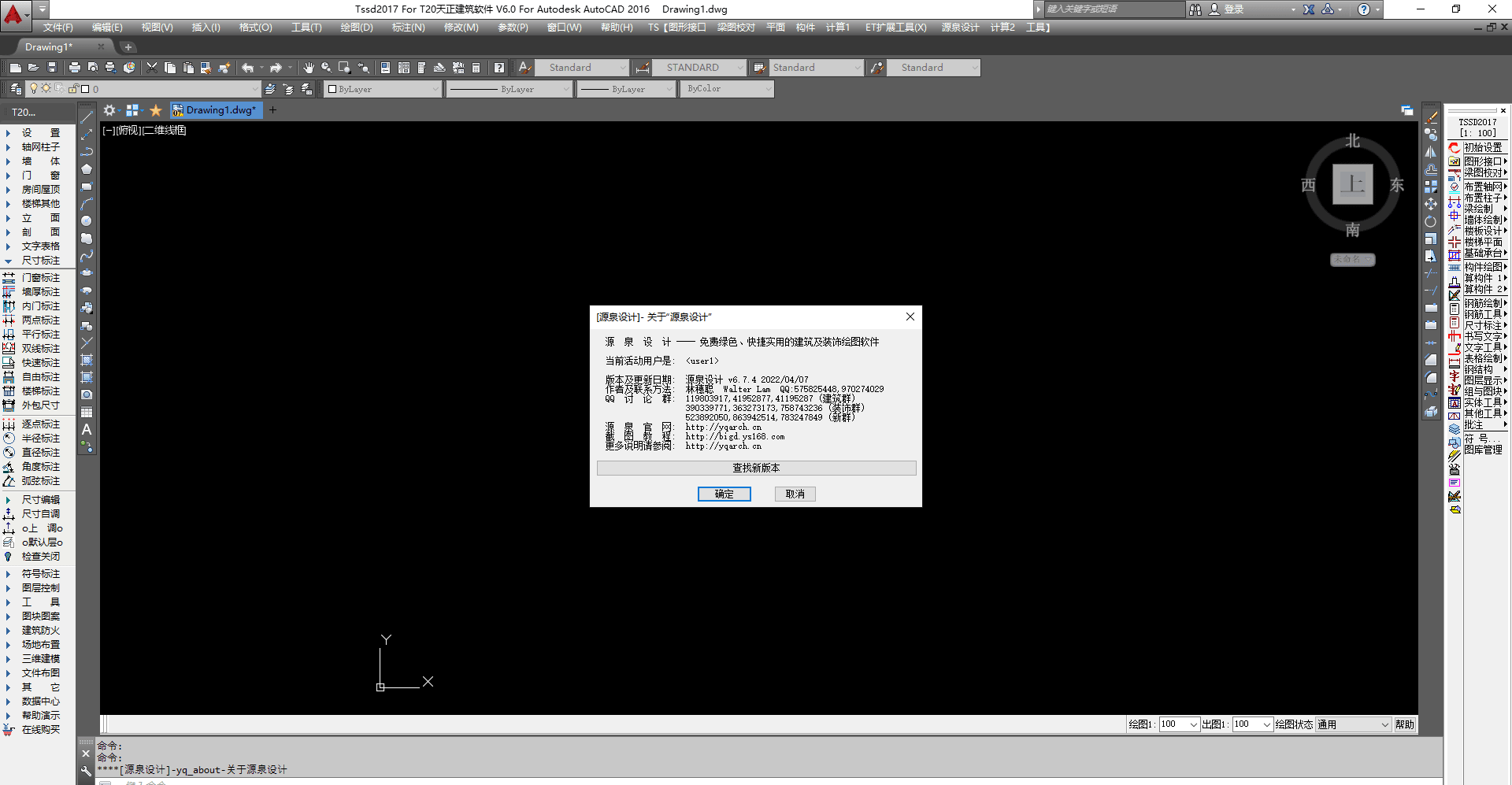
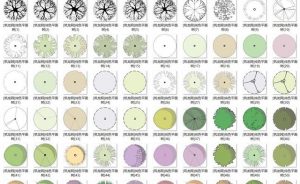





![表情[tuosai]-灵感屋](https://www.lgwu.net/wp-content/themes/zibll/img/smilies/tuosai.gif)

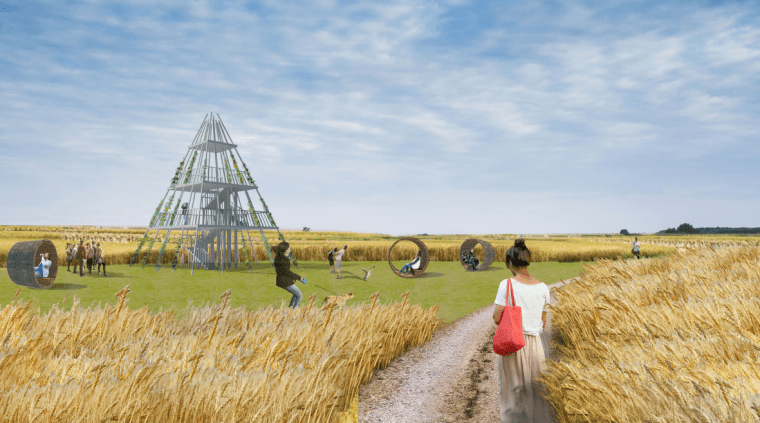
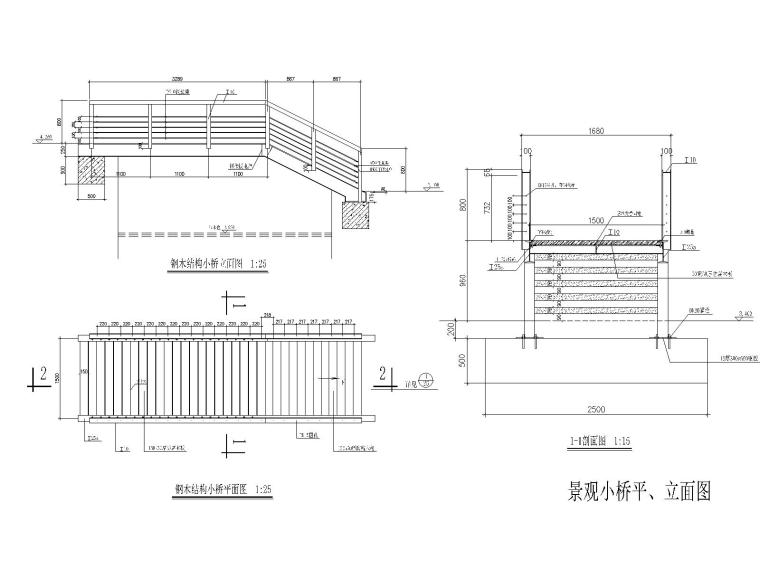



暂无评论内容